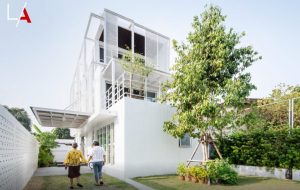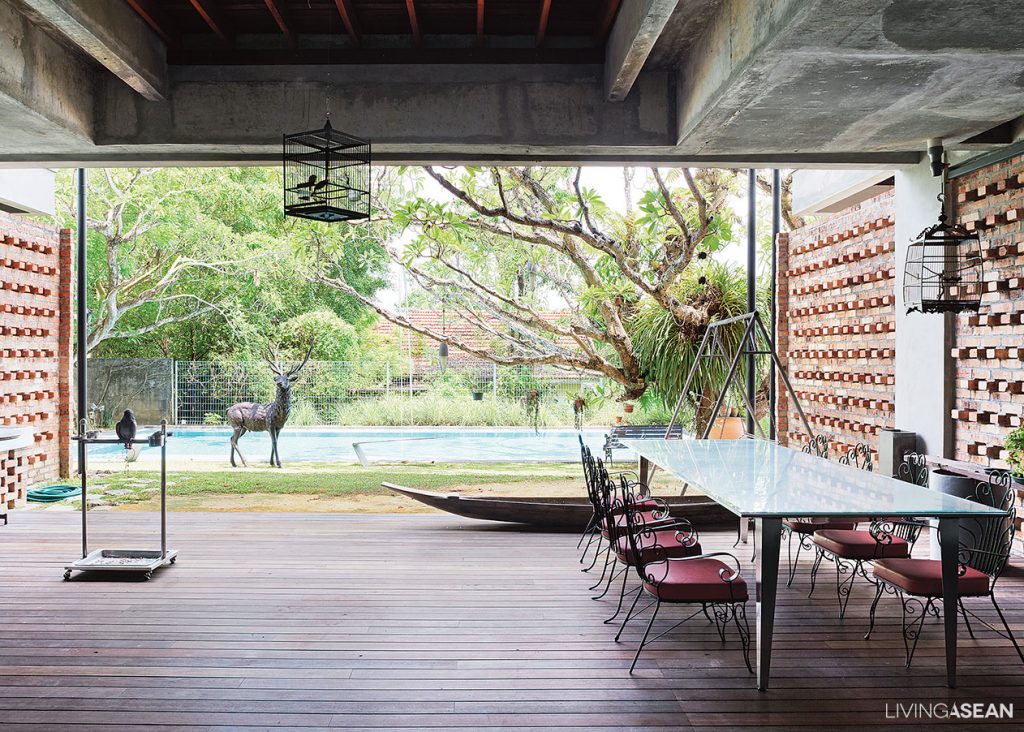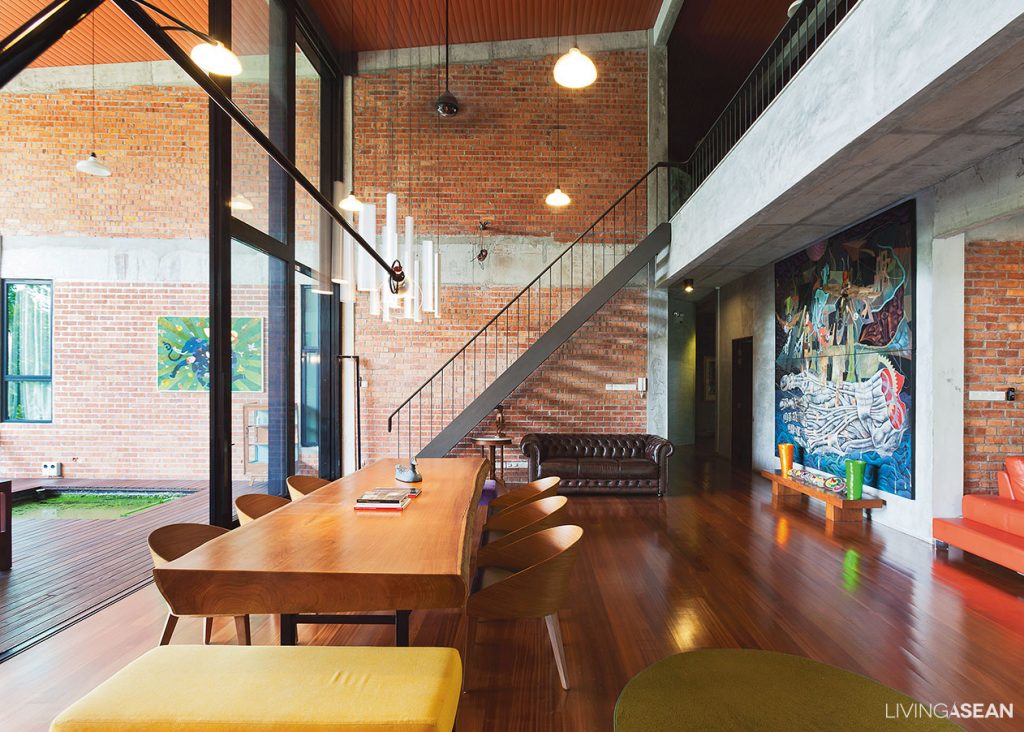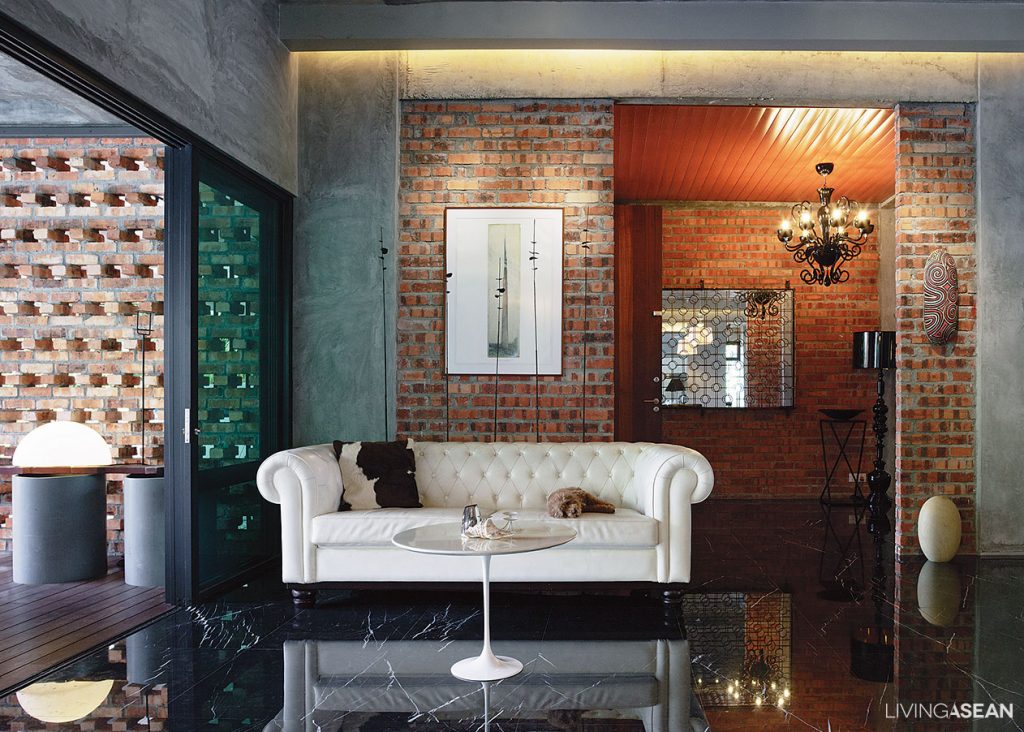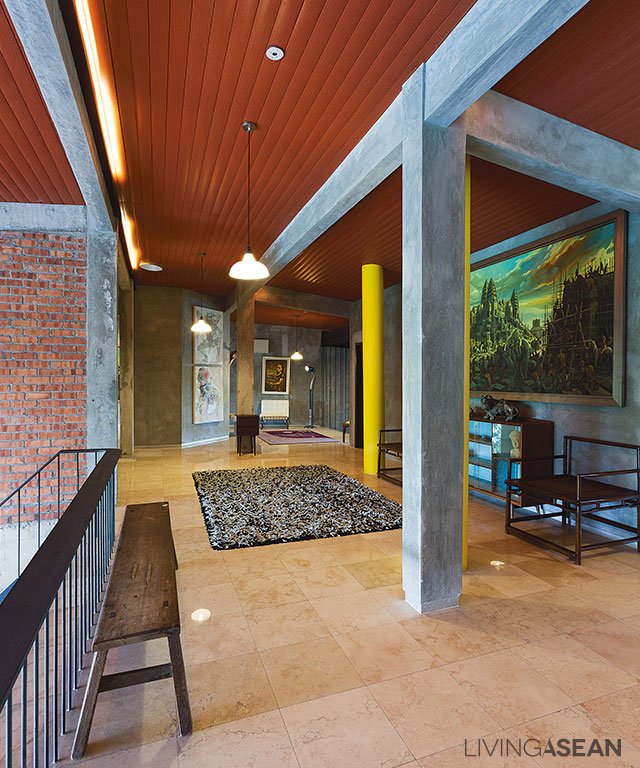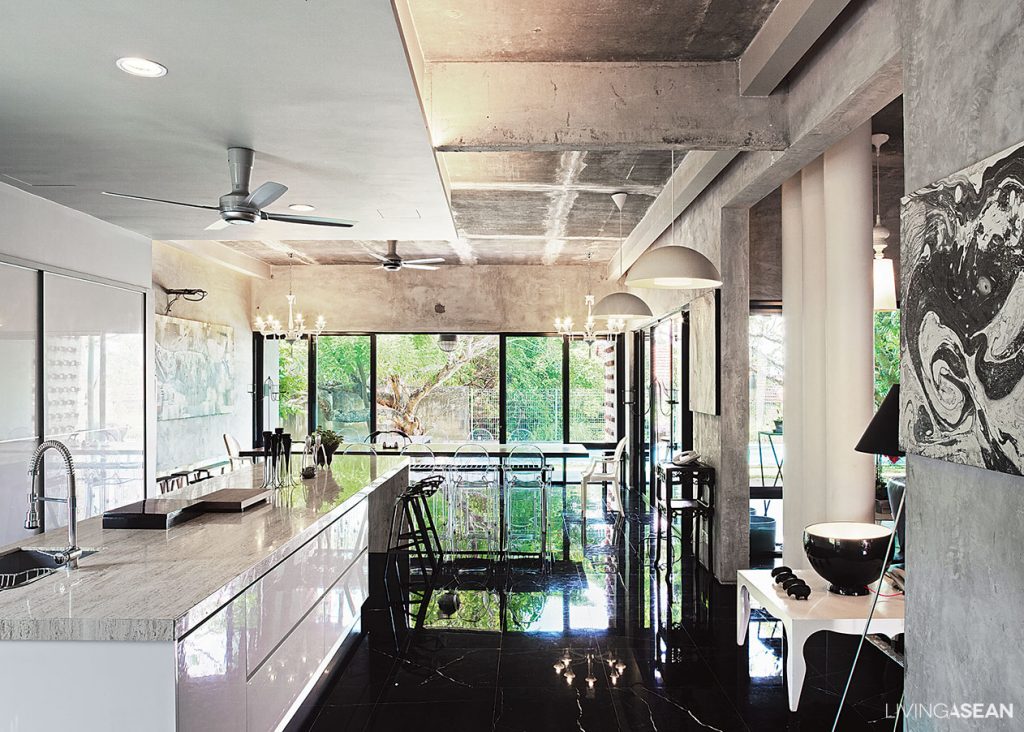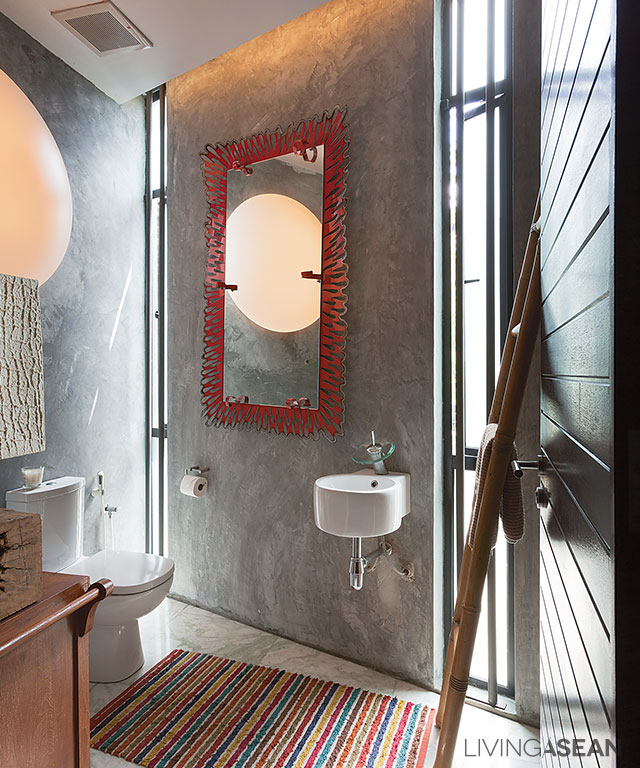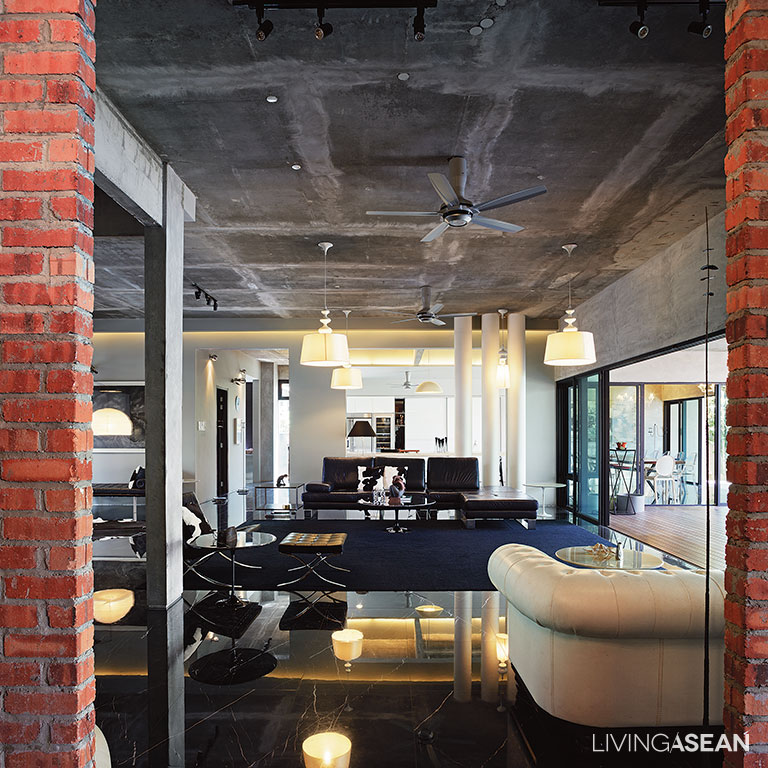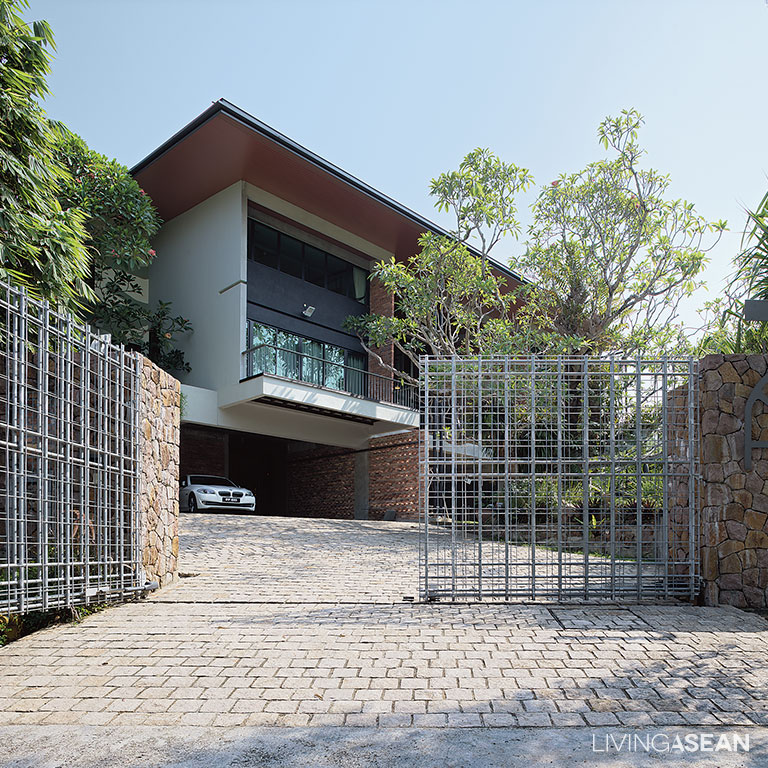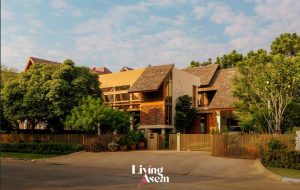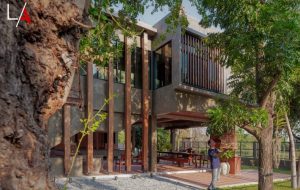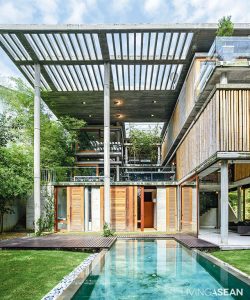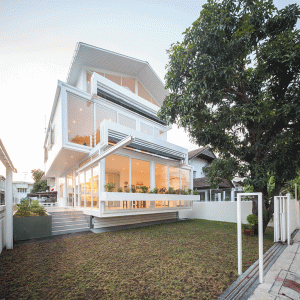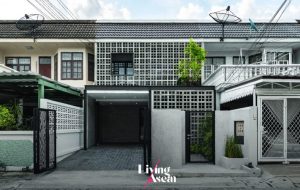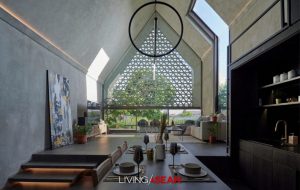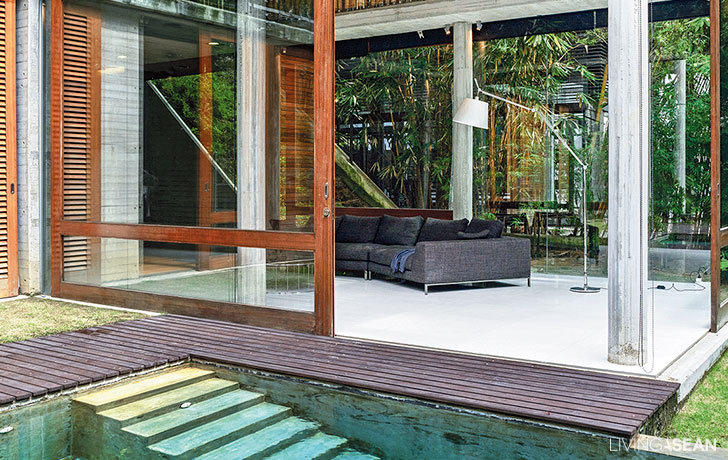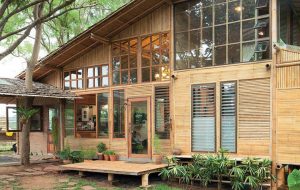The Malay kitchen is often overflowing with heavenly scents and beautifully complex flavours, thanks to the vast range of fresh herbs and spices used in most of its dishes. Generally hearty and wholesome, Malay dishes are the ultimate comfort food with a spicy twist. Its beautiful flavours are best showcased by these 10 iconic dishes:
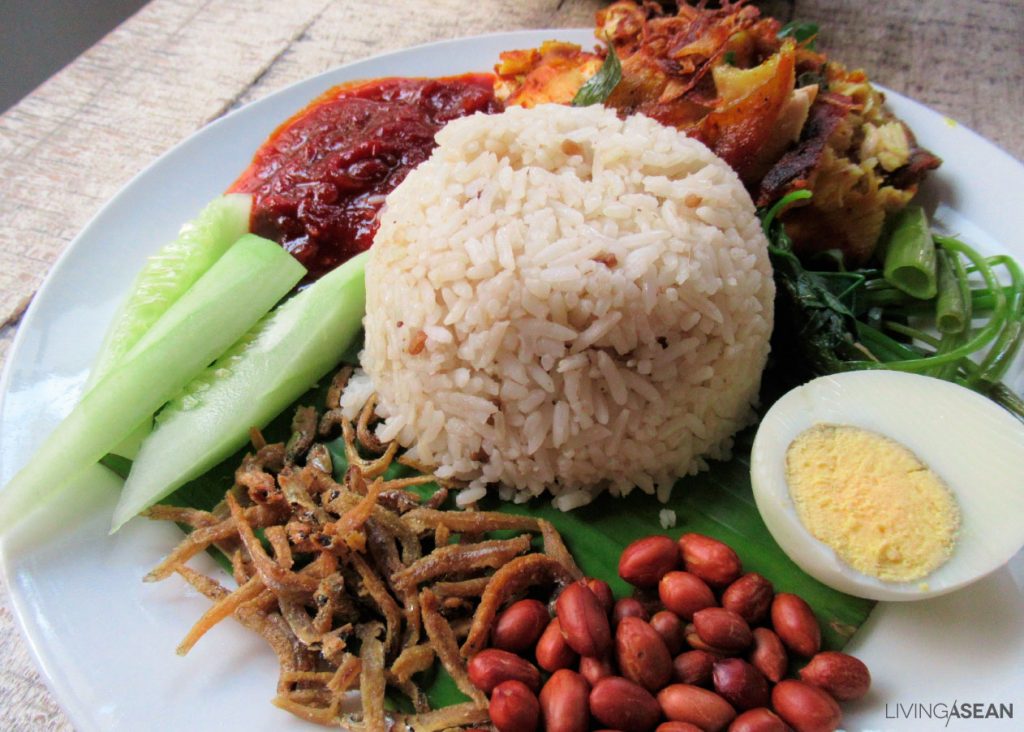
Nasi Lemak
This national dish has a special place in every Malaysian’s heart and for good reason: the coconut milk-infused rice is the perfect mix of flavours and textures when paired with its staple sides: spicy sambal, hard-boiled egg, fried anchovies, peanuts, and cucumbers. You’ll see this dish being served at any time of the day, from breakfast all the way until 3 a.m. suppers.
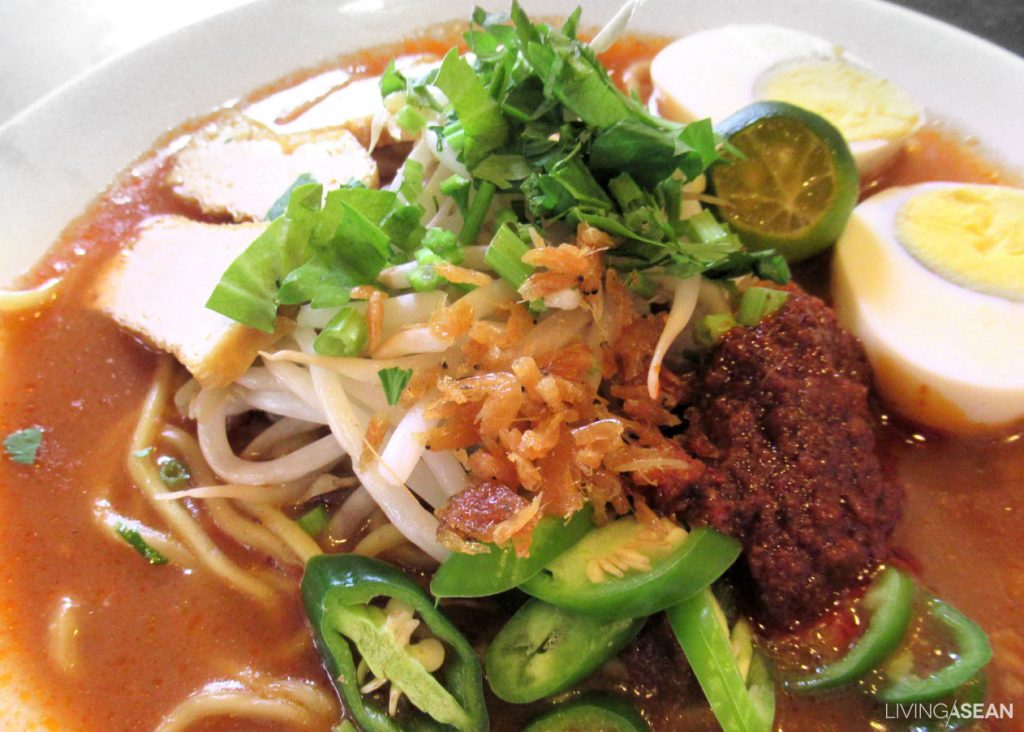
Mee Rebus
This comforting bowlful of blanched yellow noodles is especially loved for its rich stew-like gravy, made from sweet potatoes, beef stock, and an intricate mix of herbs and spices. Top it all off with some fried tofu, fresh green chillies and a refreshing spritz of lime and you’re good to go!

Satay
These marinated meats on sticks are roasted over charcoal to get its signature smoky flavour. Having satay is not complete without a side chunky peanut sauce, rice cubes, cucumber, and fresh onions. Most places serve beef and chicken versions, but you could get more exotic meats like venison and rabbit at more dedicated satay stalls.
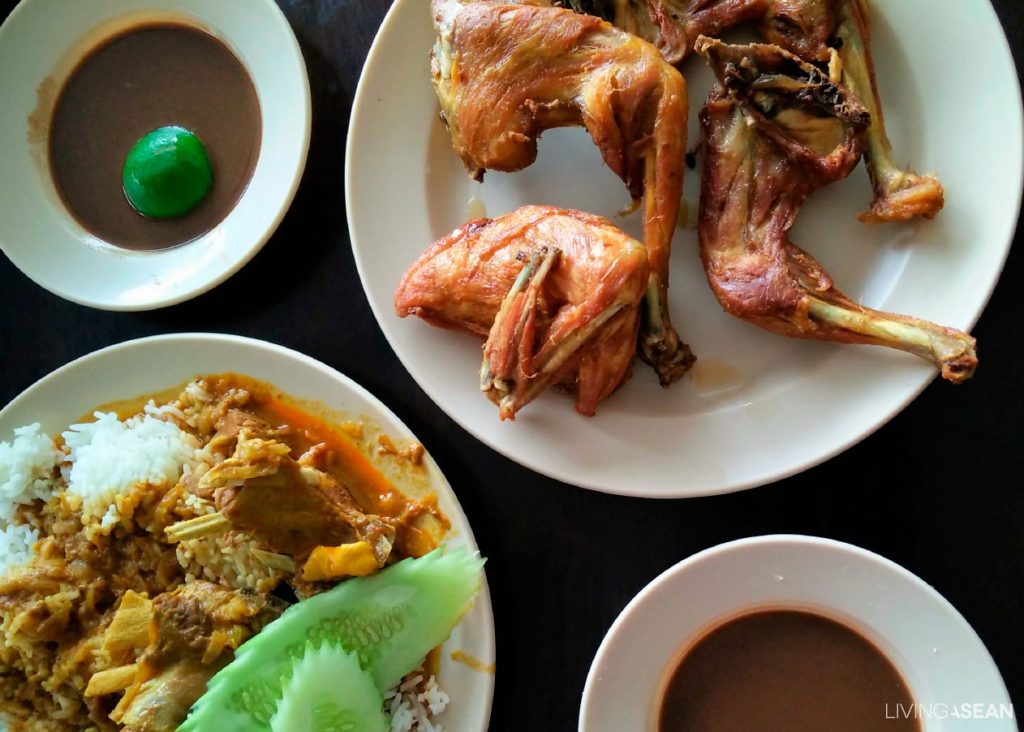
Ayam Kampung
The Malay take on fried chicken uses spring chicken that is deep-fried to a crisp and savoured simply with white rice, raw vegetables, and some hearty curry. This simple yet unbelievably satisfying dish is mostly served for lunch.
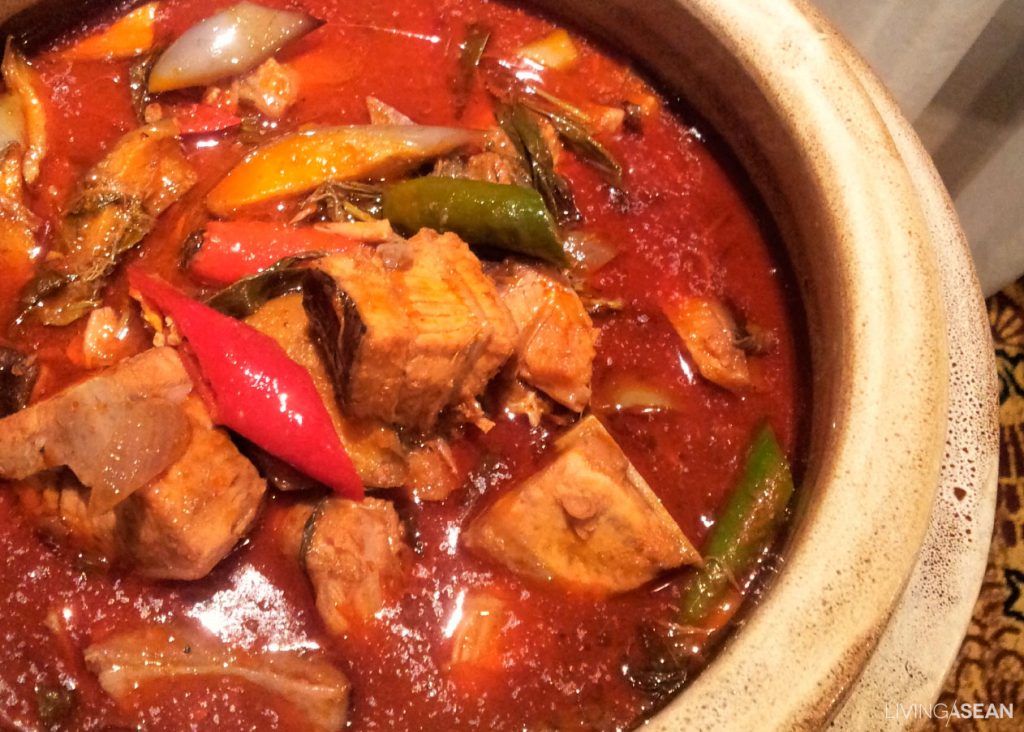
Asam Pedas
This highly popular dish in the Southern states of Johor and Melaka is at its best when the spicy-sour balance is just right. The kesum leaves and torch ginger flowers are often used to give the gravy its signature fragrant scent. This dish is almost always cooked with stingray, although sometimes chicken or fatty beef is used instead.

Nasi Kerabu
The rice gets its trademark blue hue from butterfly-pea flowers and is usually served with ayam percik (grilled chicken topped with spiced coconut gravy). The richness of the dish is beautifully contrasted with fresh, raw ingredients like long beans, cucumbers, and cabbage. Some salted egg adds a little extra flavour to this colourful dish.
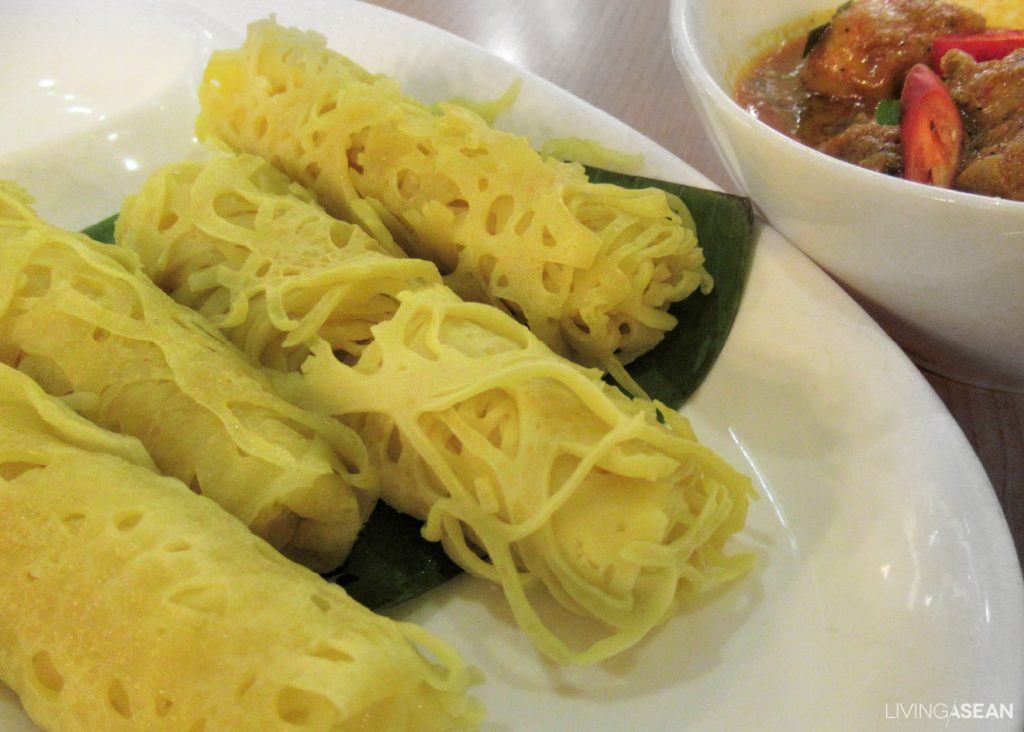
Roti Jala
Watching Roti Jala being made is mesmerising in itself; the turmeric-infused batter is drizzled on a hot griddle until cooked, and the web-like crepe is rolled to form its distinct look. They are best eaten with a side of thick chicken curry. You can have these as desserts too, by pairing them with a creamy durian dip.
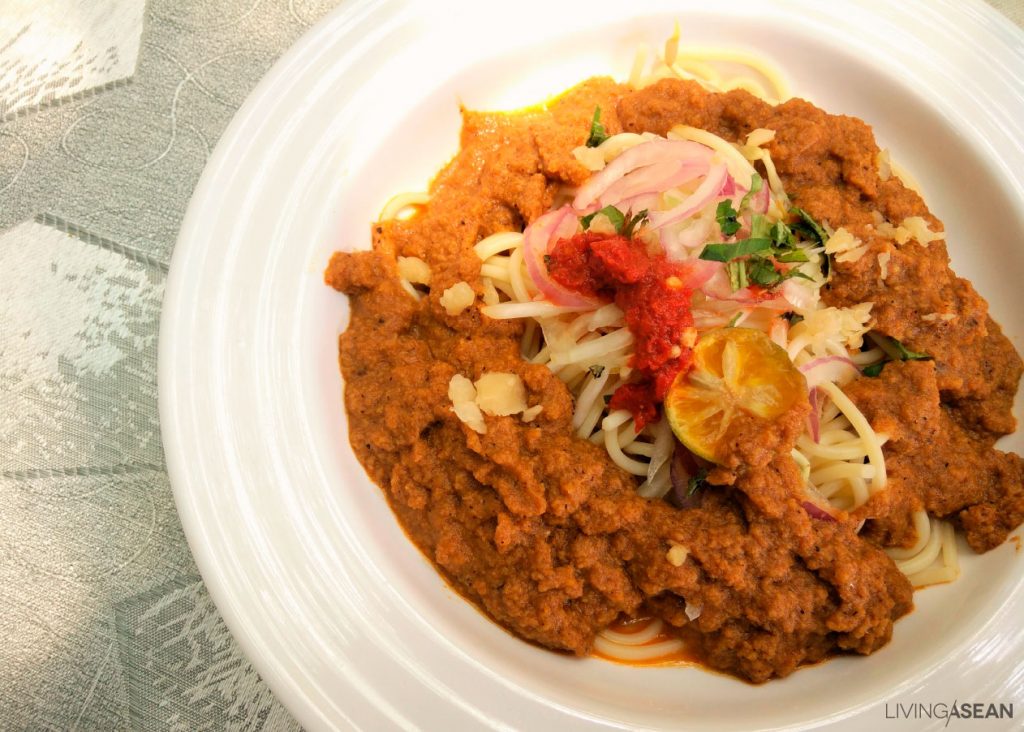
Laksa Johor
Laksa, which generally refers to rice noodles served in a fish-based gravy, has various interpretations according to the different states in Malaysia. The Johoreans are famous for their own take on this classic dish; savour its chunky gravy with flaked mackerel, ladled over spaghetti and topped with shredded cucumber, onions, kesum leaves, sambal, and lime. Although it’s a noodle dish, it’s traditionally eaten by hand.
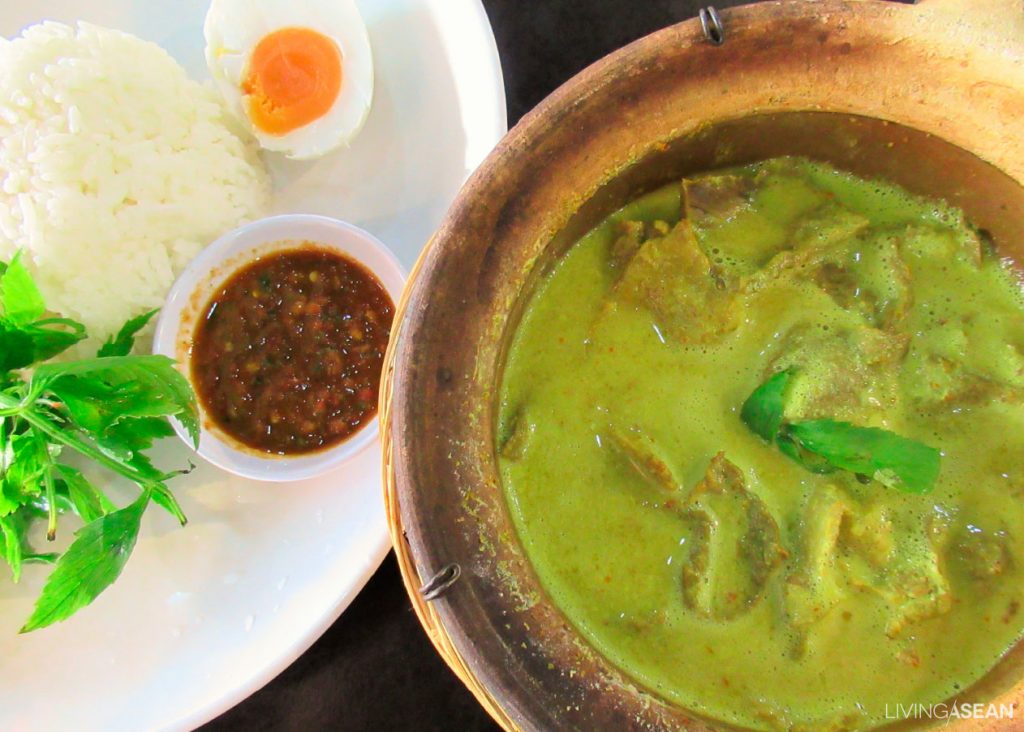
Masak Lemak
This instantly-recognisable dish, with its trademark yellow hue, is ever-present at any Malay restaurant. Made from freshly-ground turmeric, this decadent gravy uses bird’s eye chillies to offset the creaminess of the coconut milk. It’s usually served with white rice but one sip of this flavourful dish and you may be tempted to have it on its own.
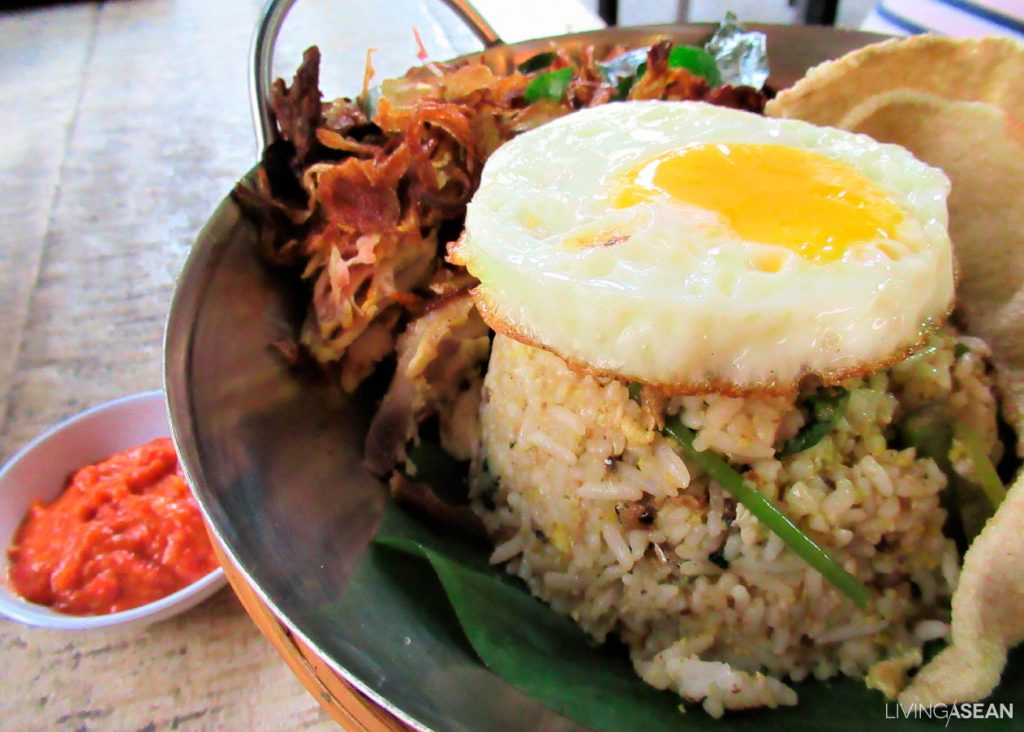
Nasi Goreng Kampung
This wok-fried rice dish packs a punch with its distinctive flavour – the rice is cooked with anchovies, shrimp paste and water spinach – and is never complete without a sunny side up! Just like the Nasi Lemak, this crowd favourite is a common choice regardless of the time of the day.



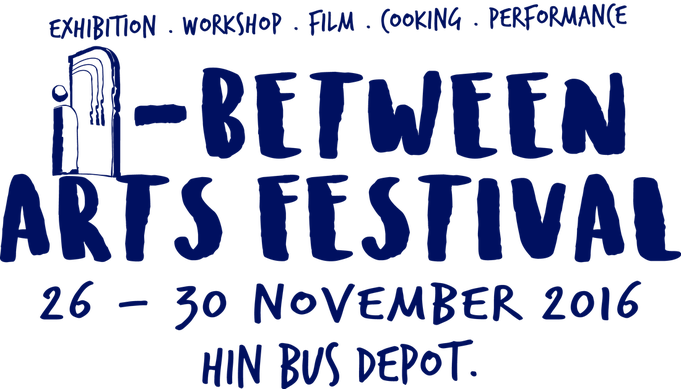
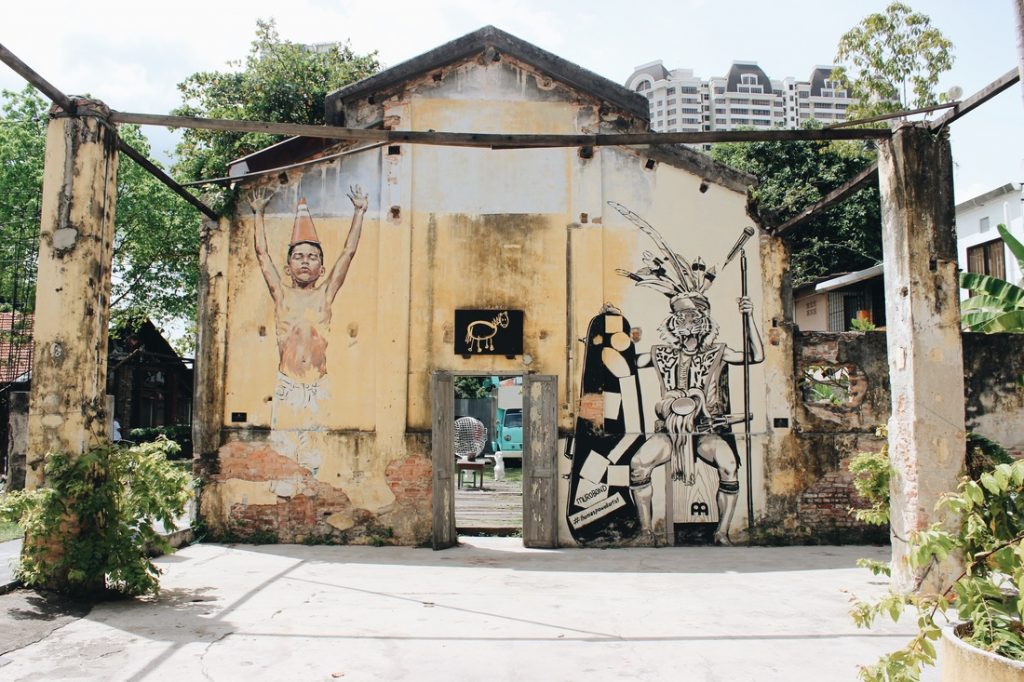
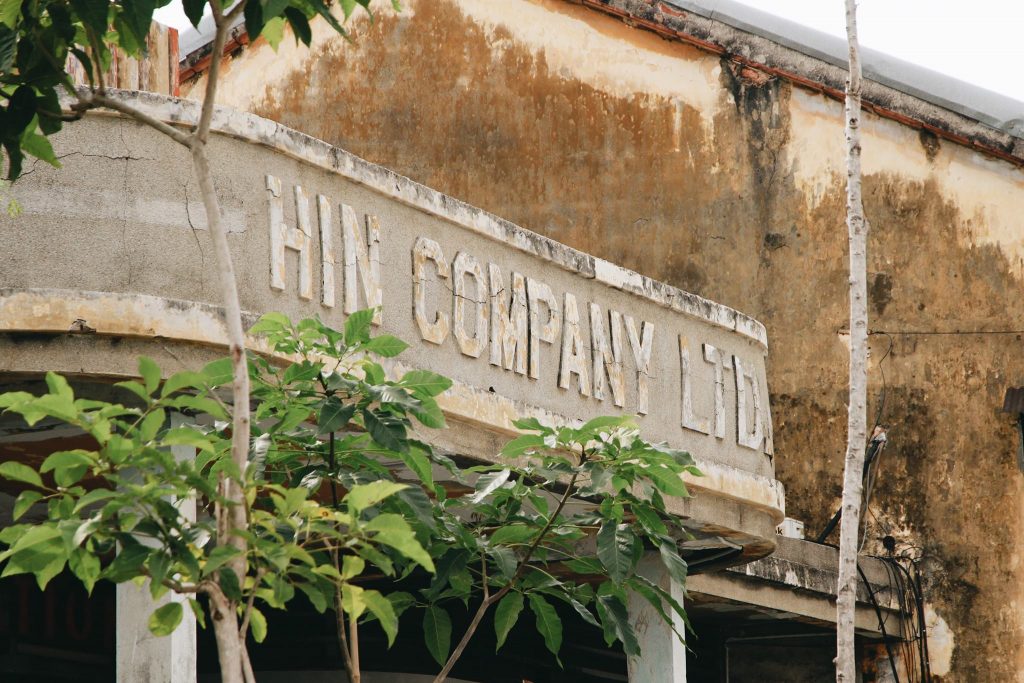
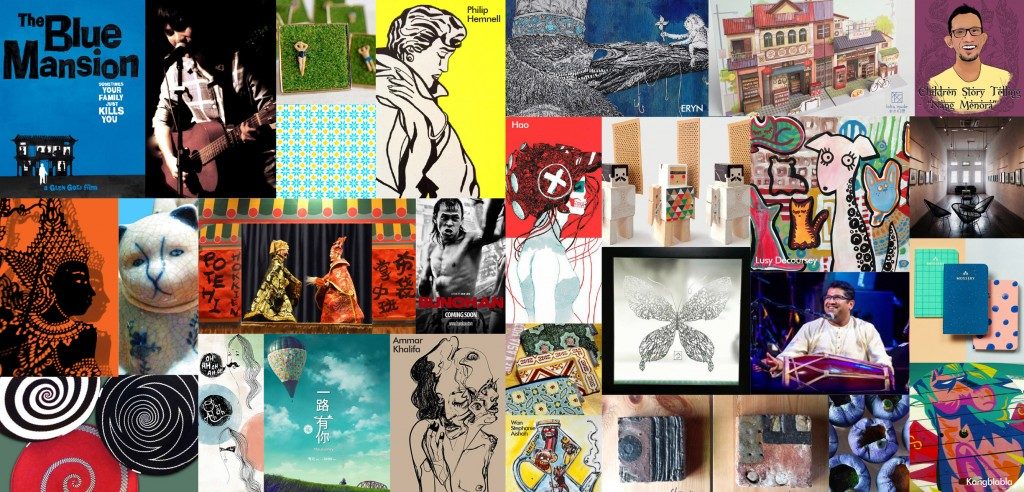
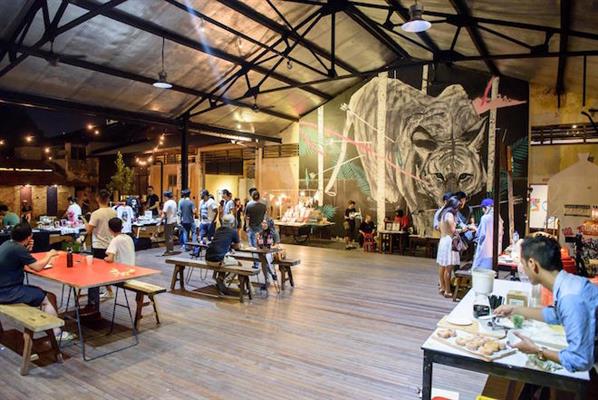
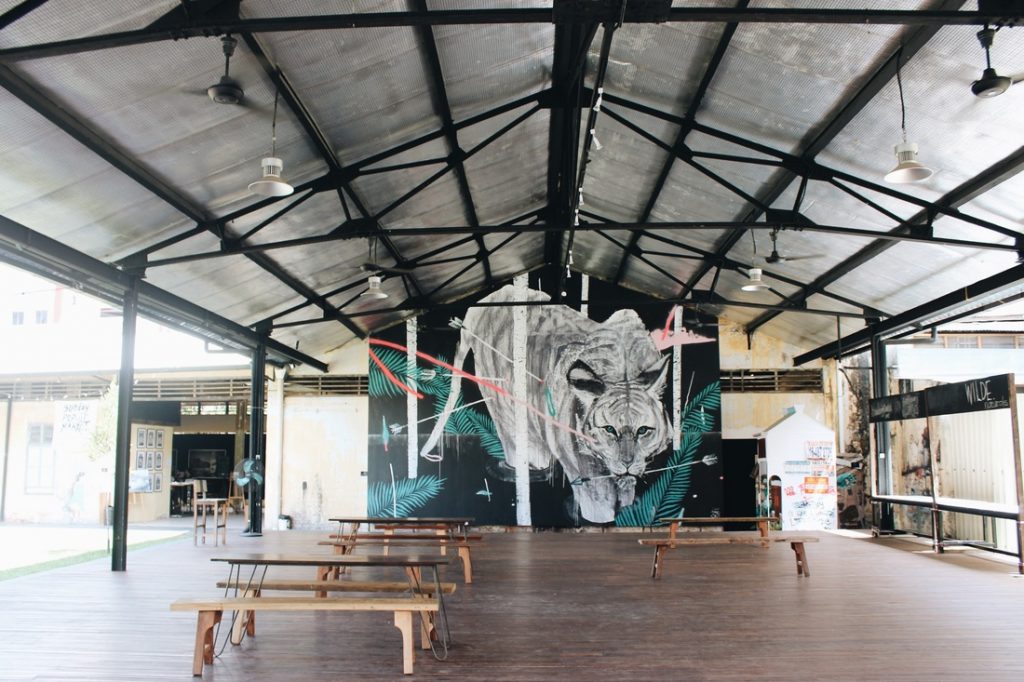
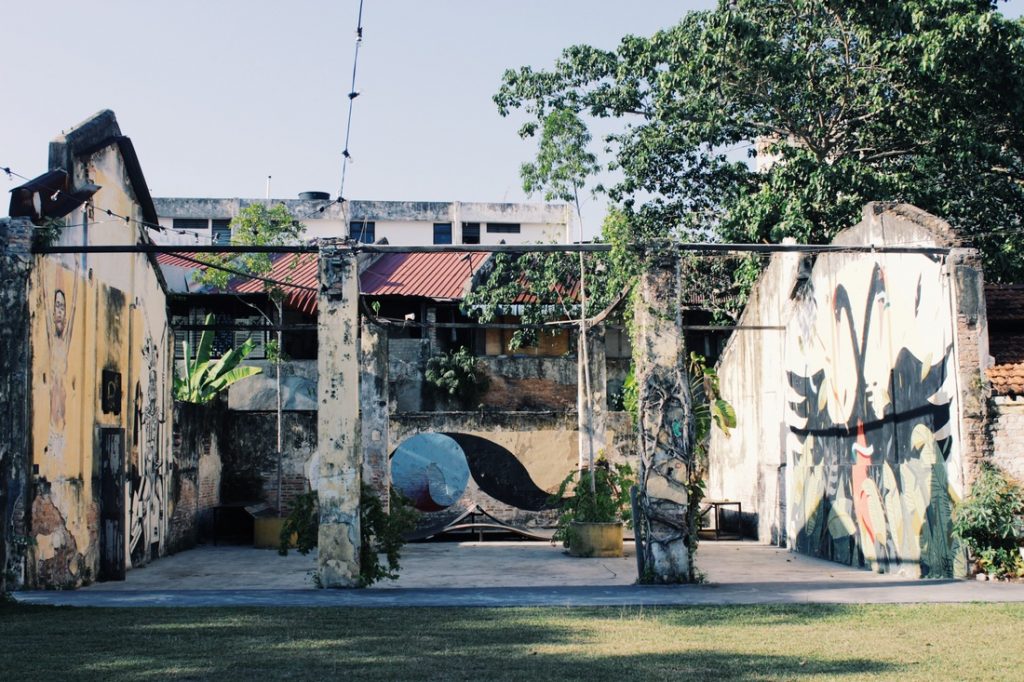
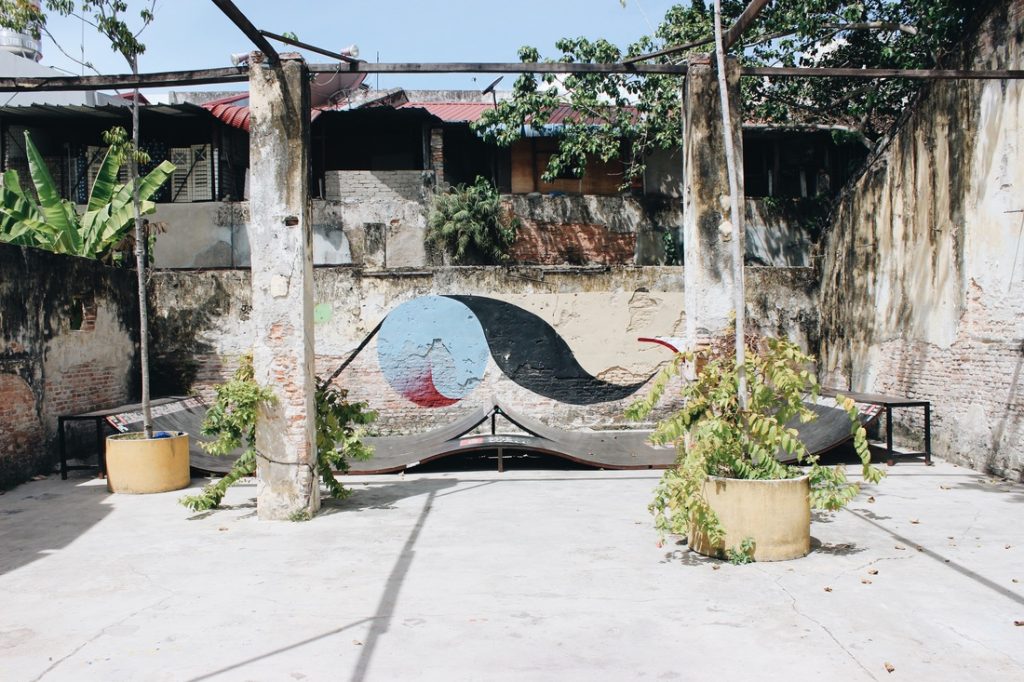

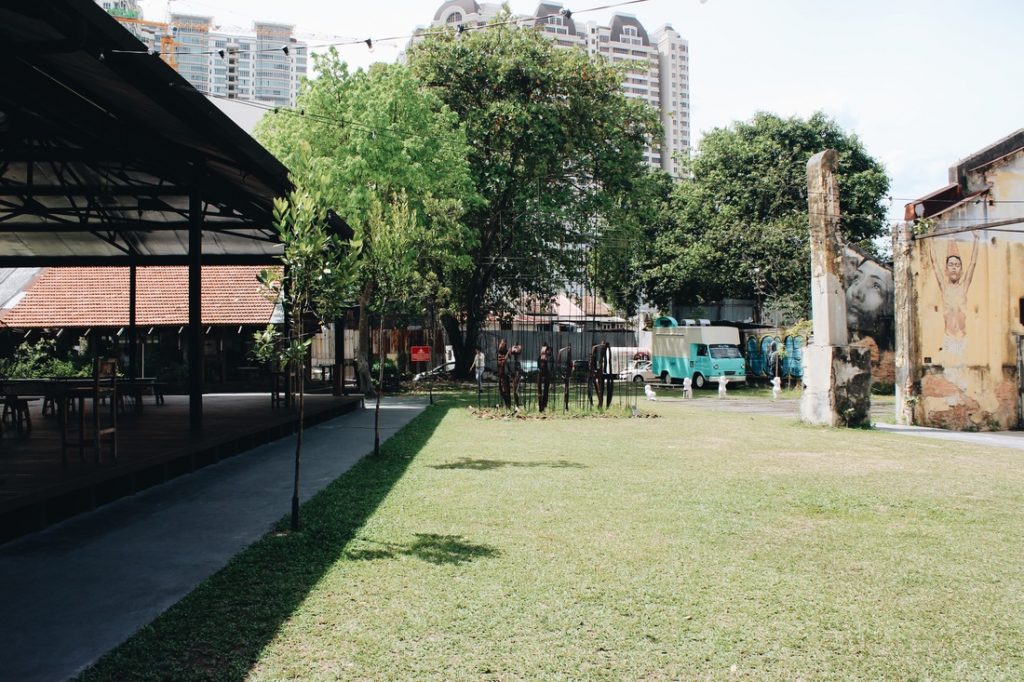
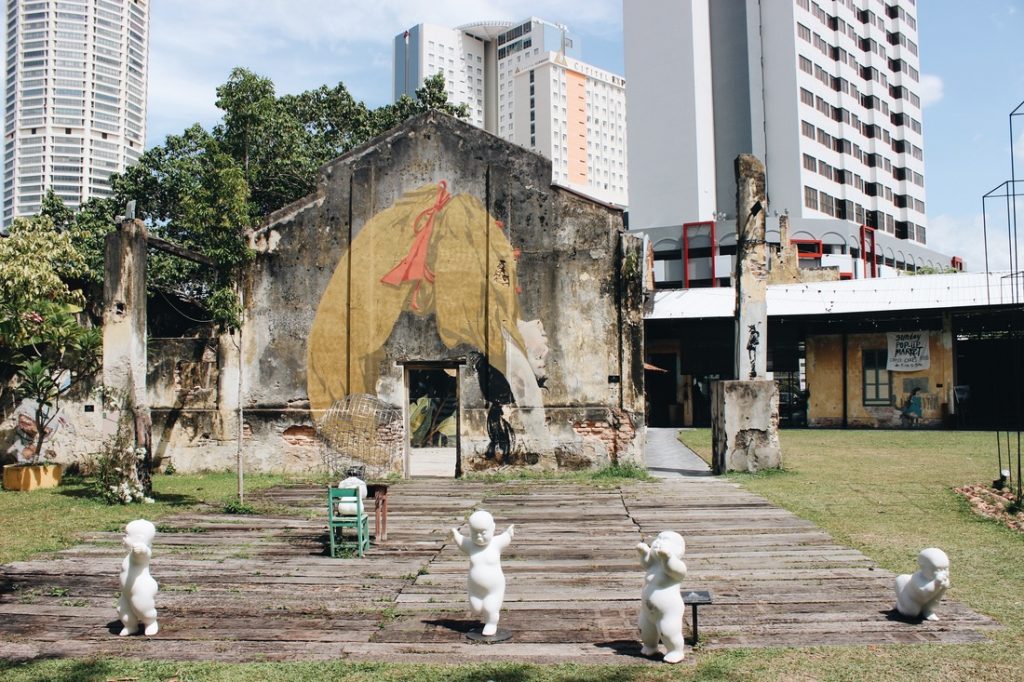
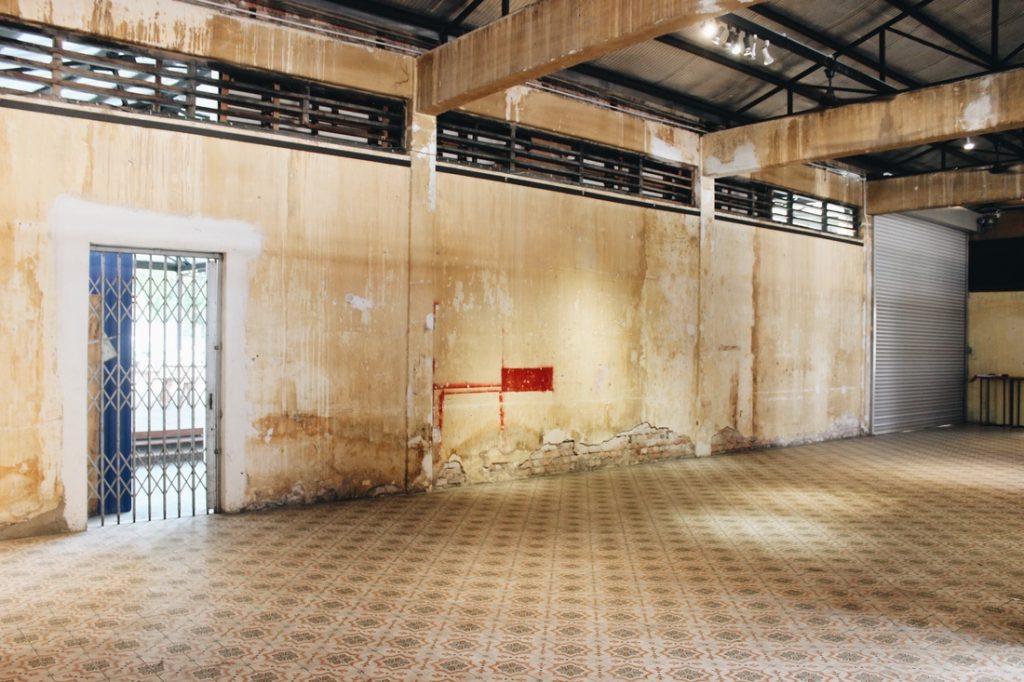

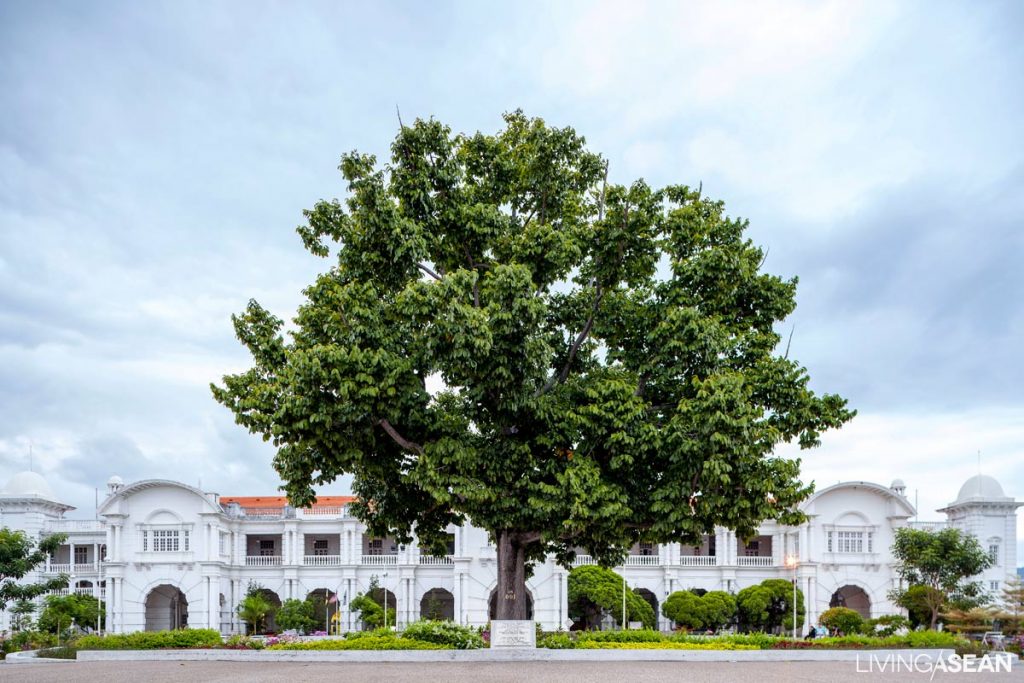
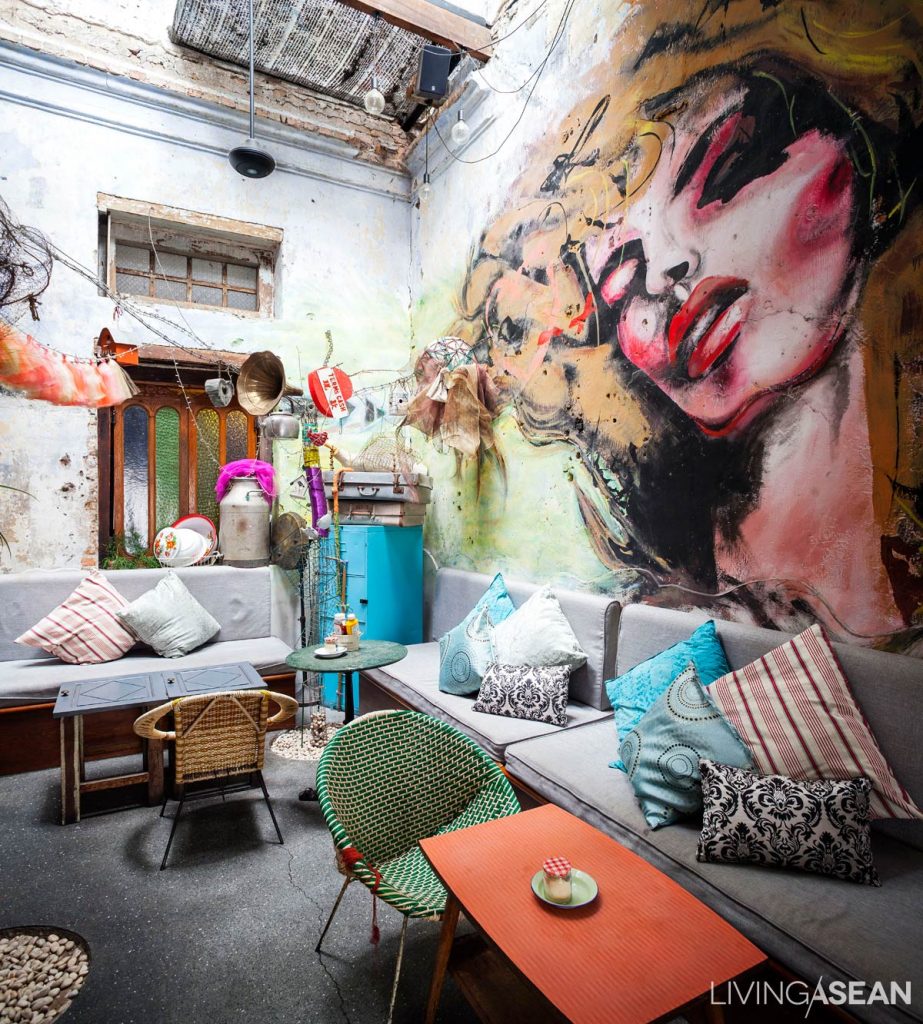
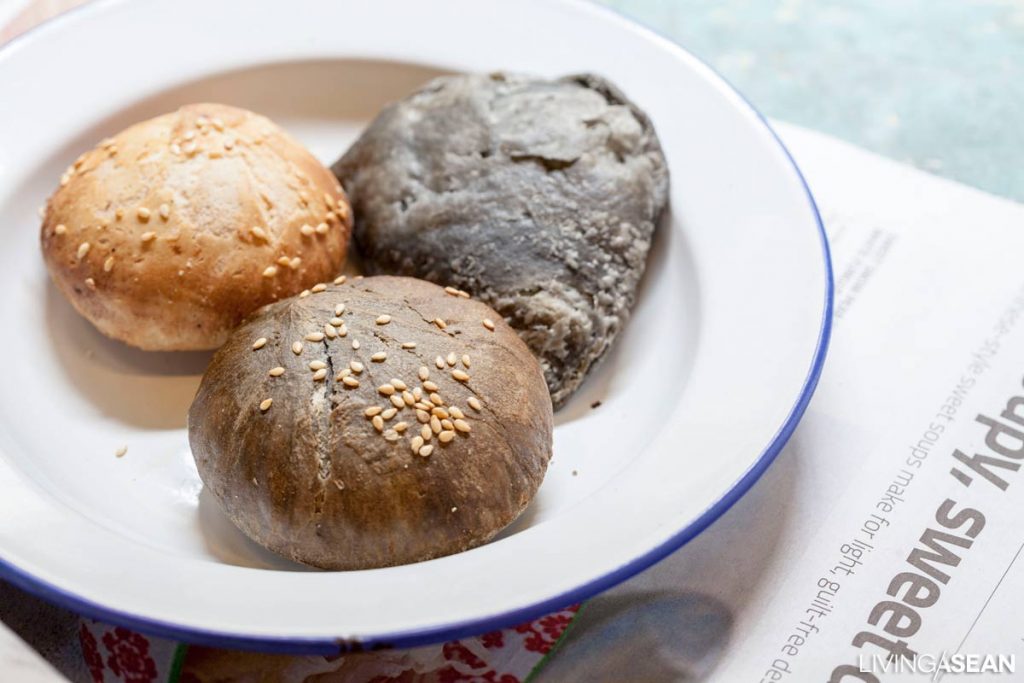
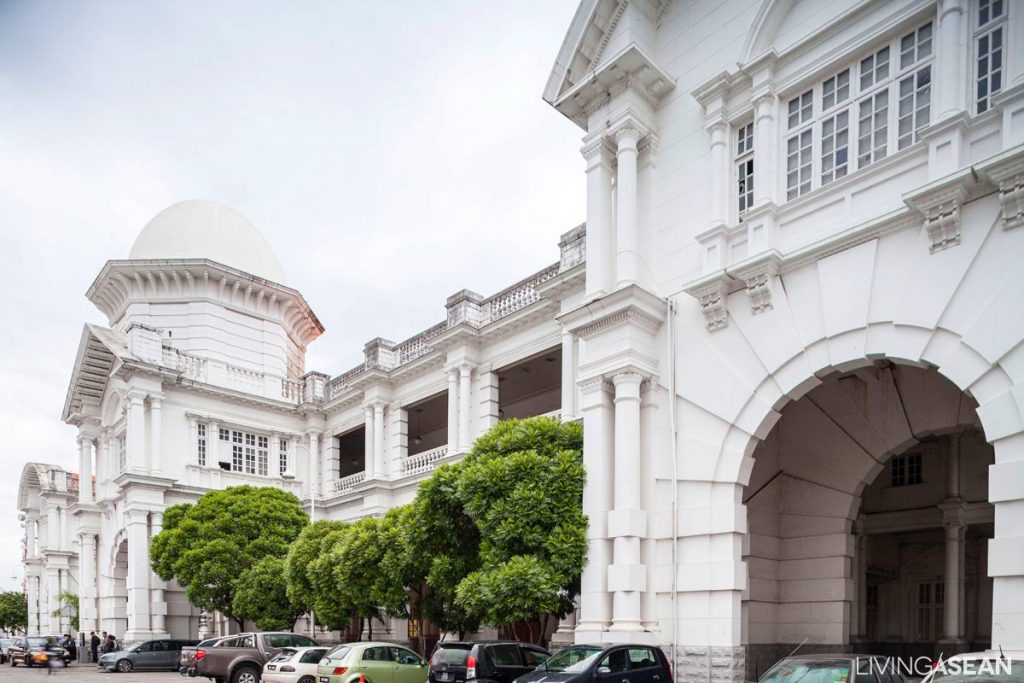
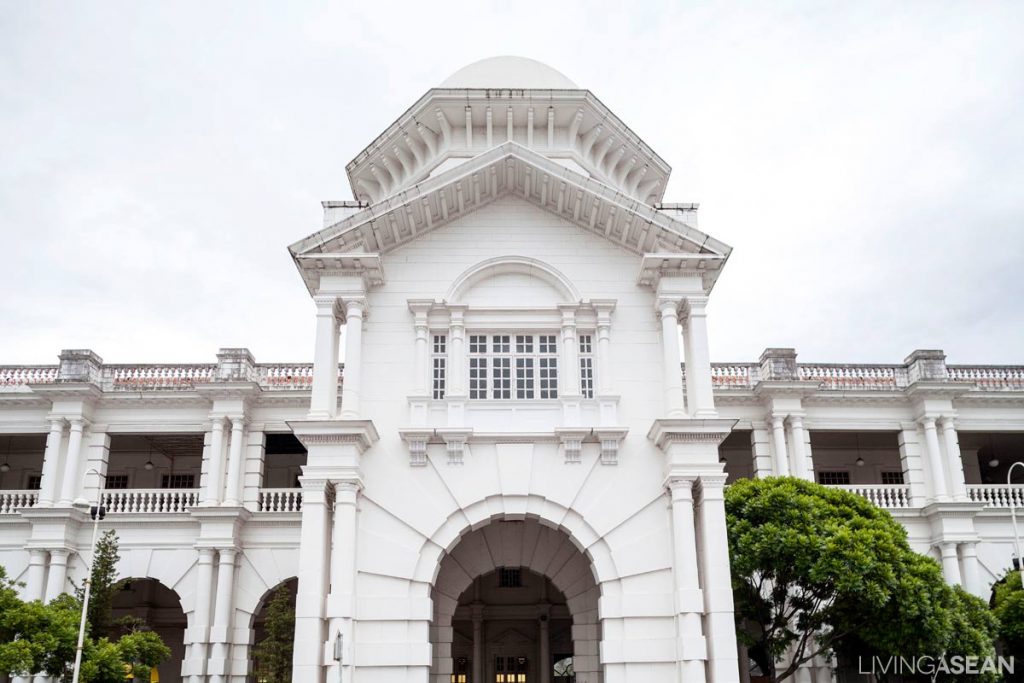
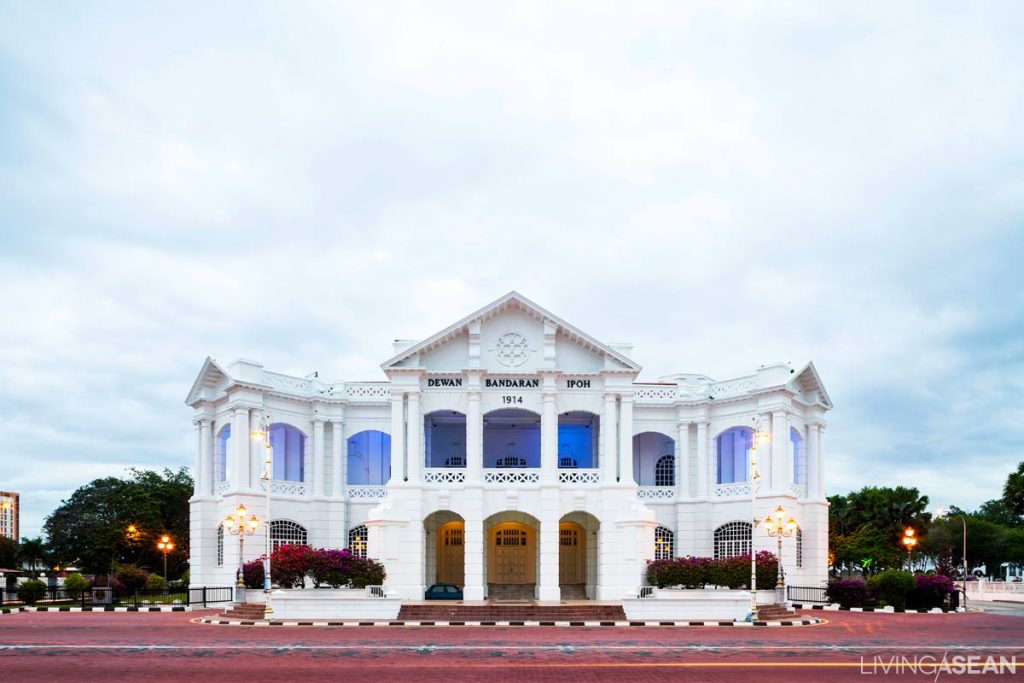
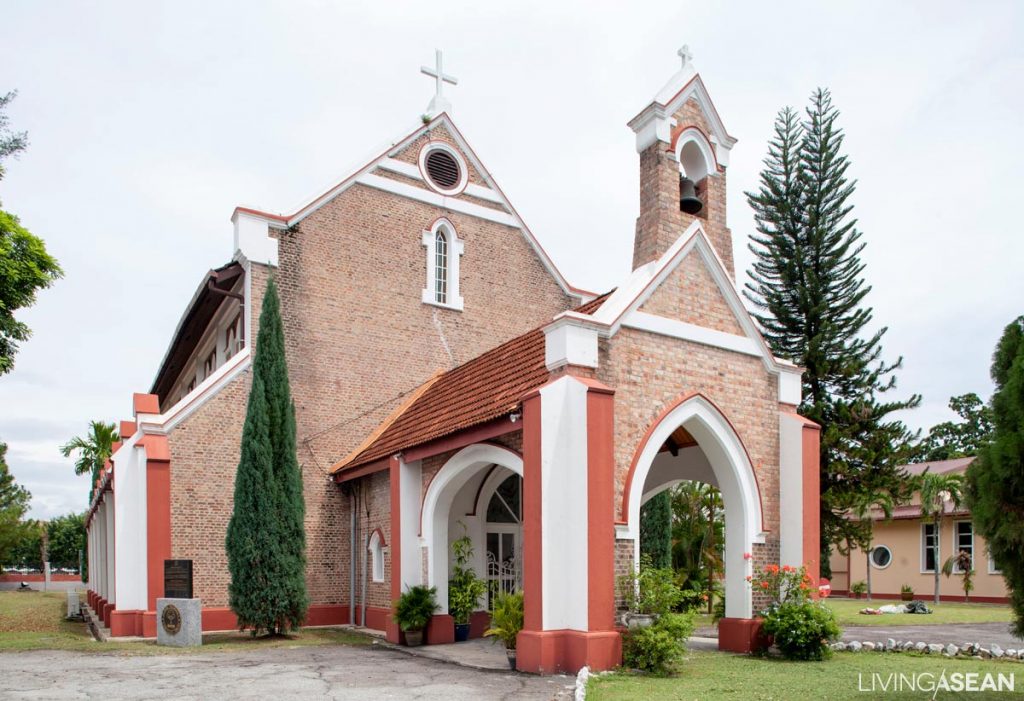
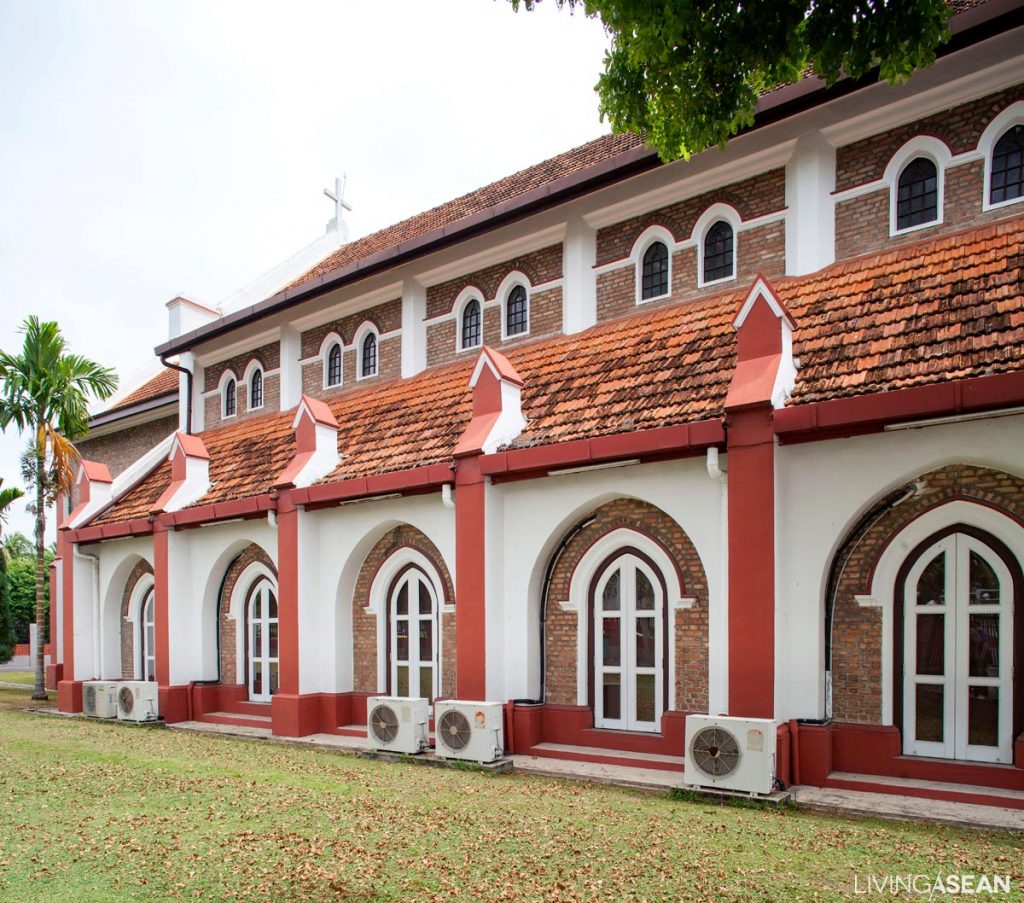
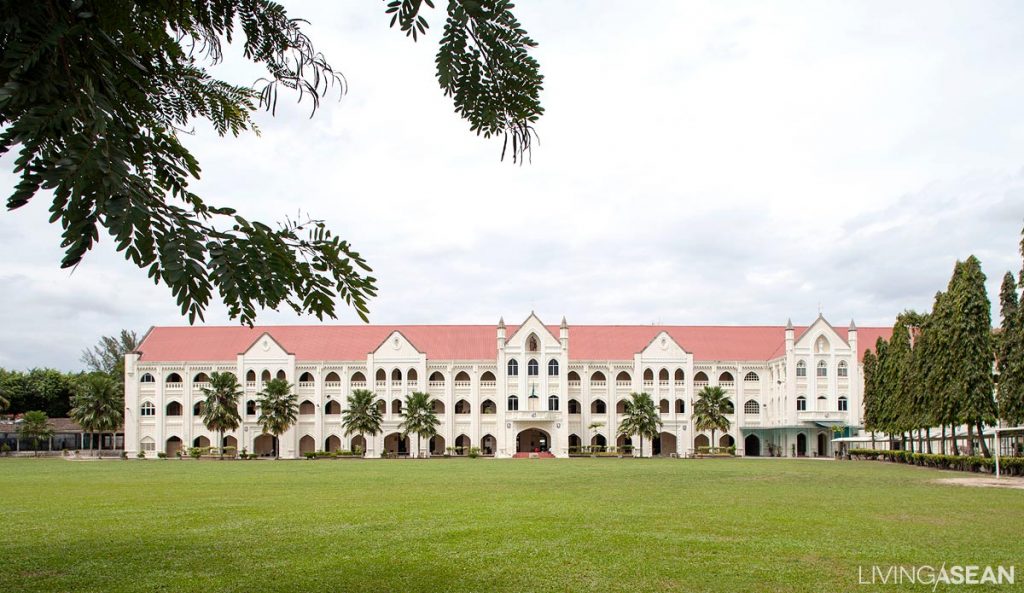
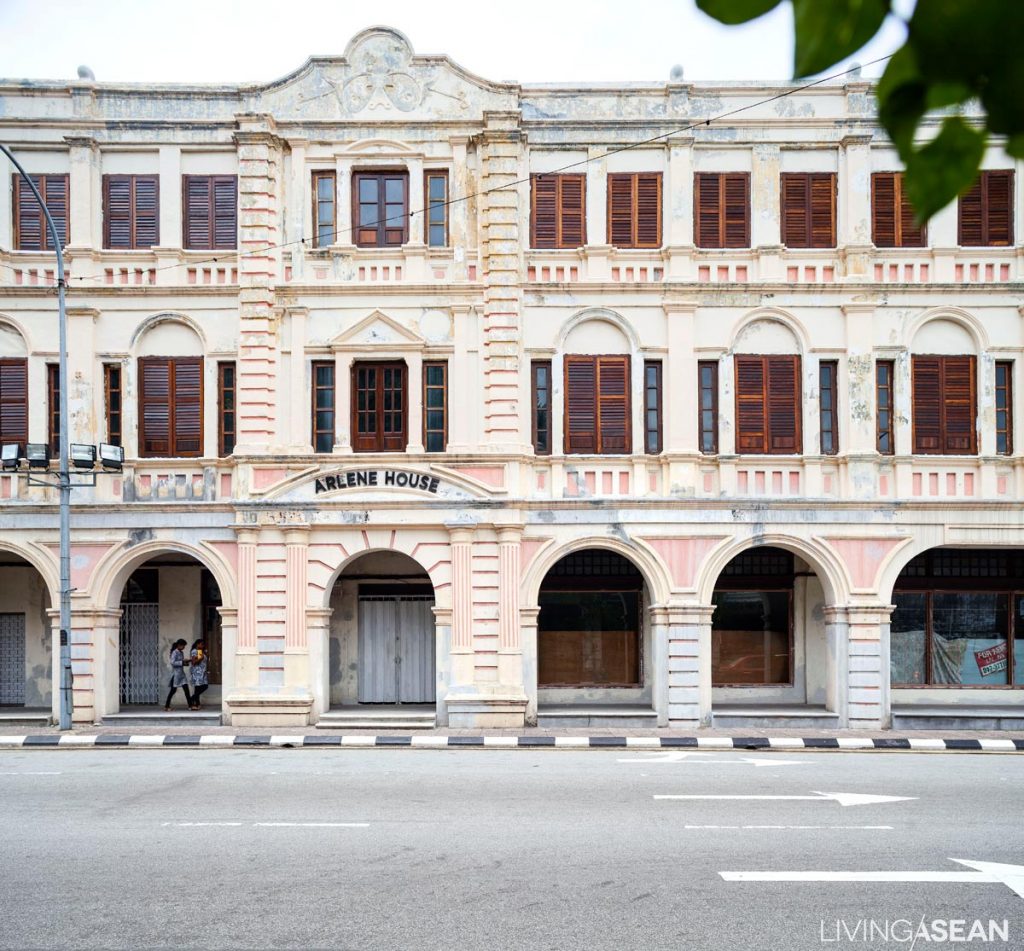
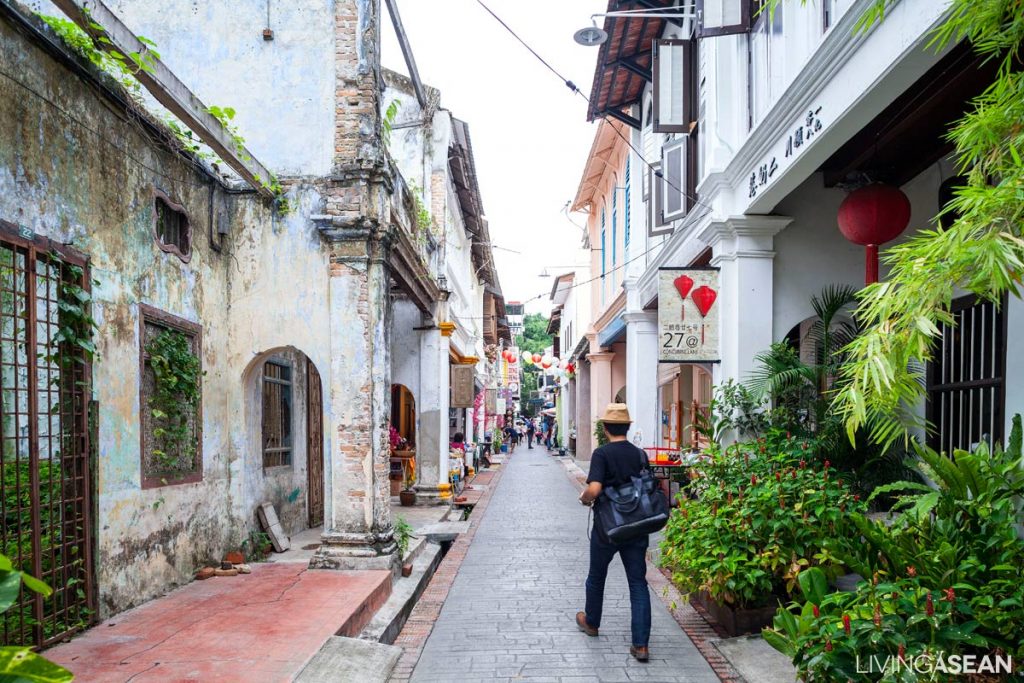
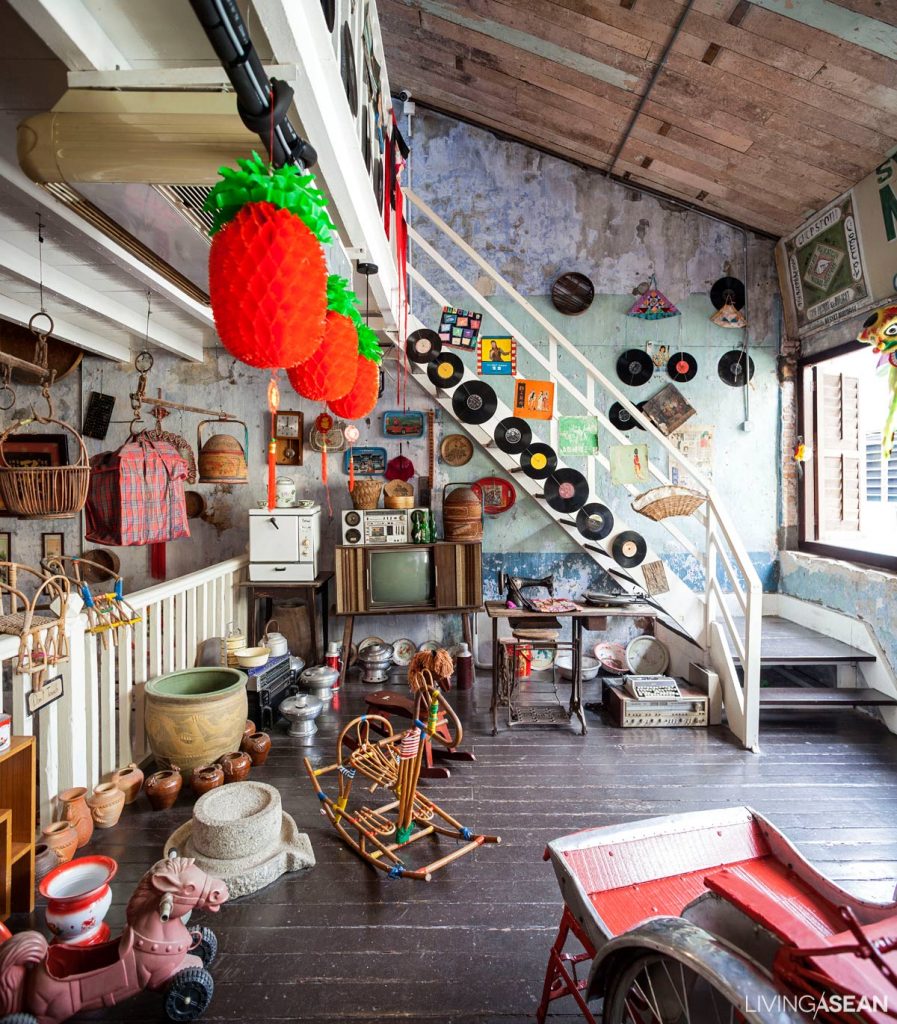
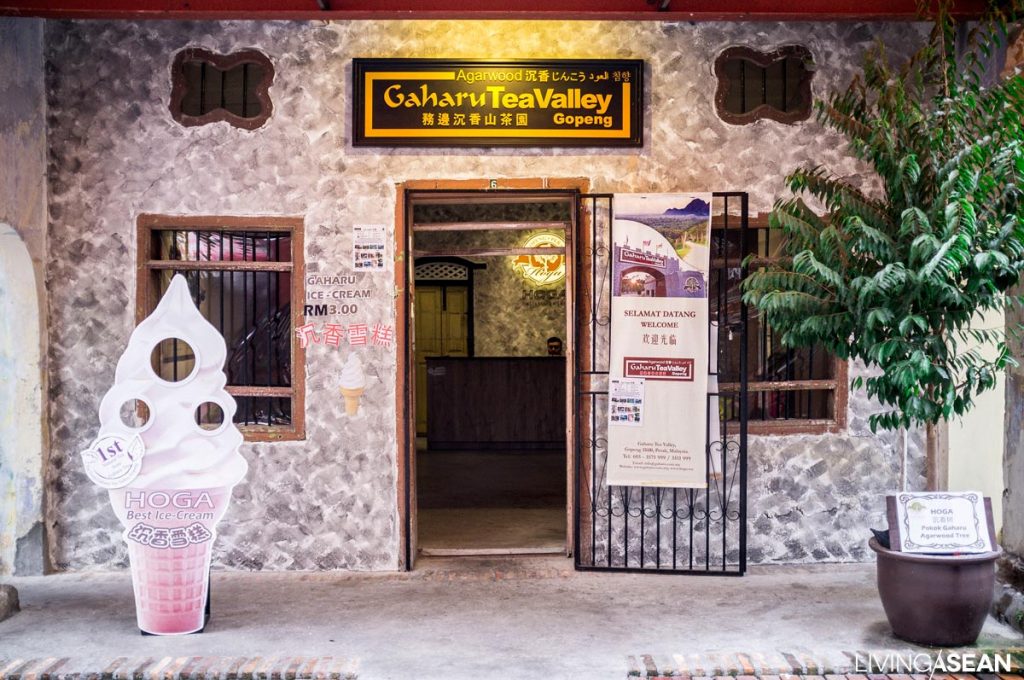
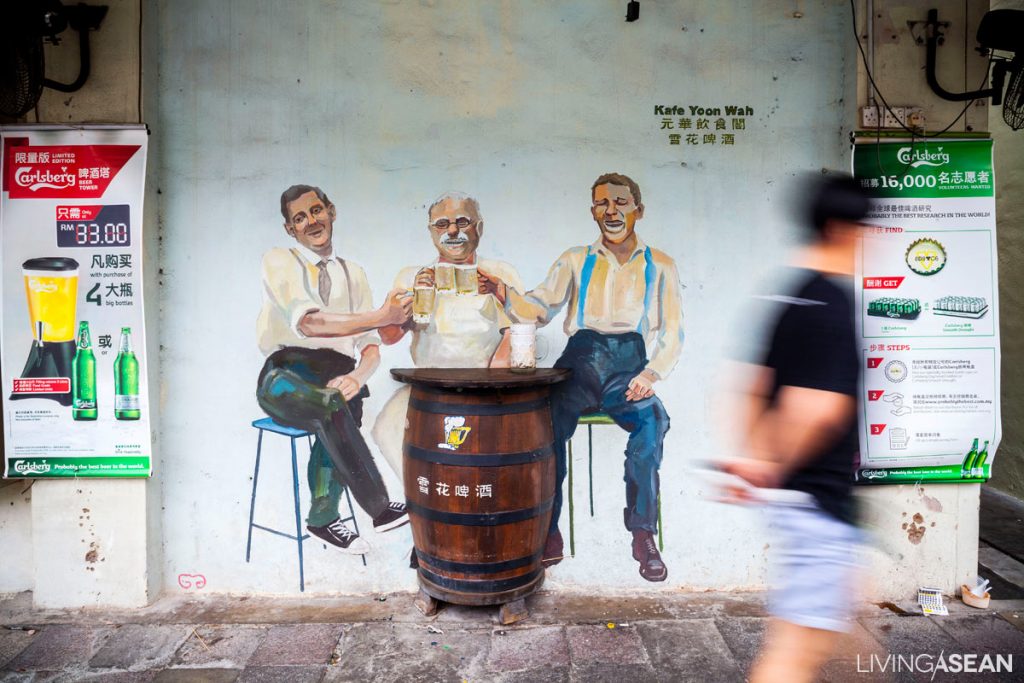
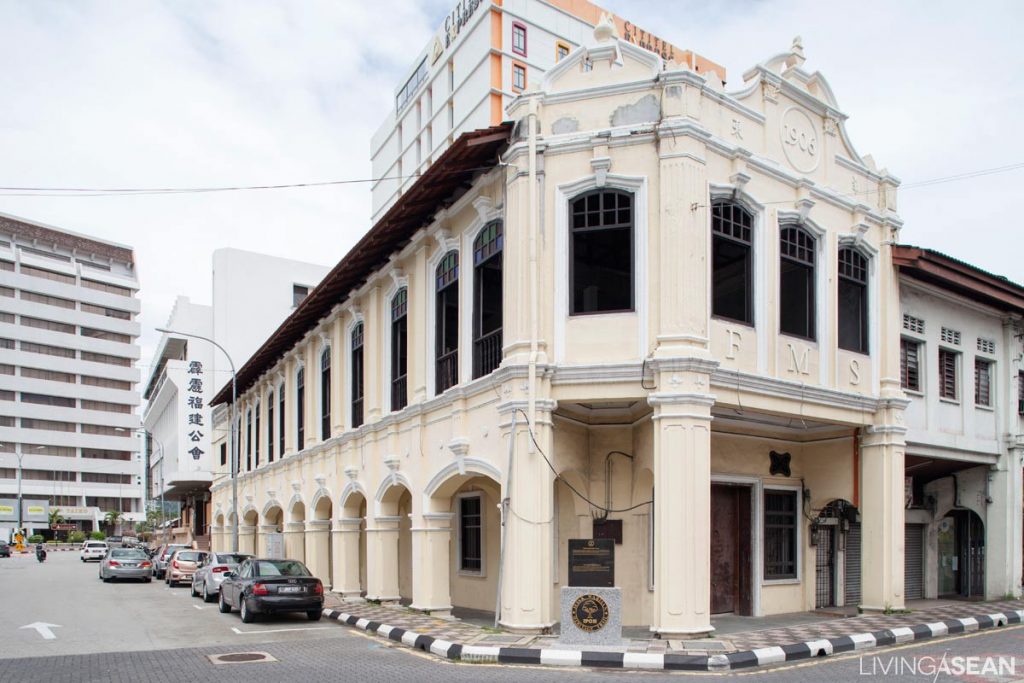

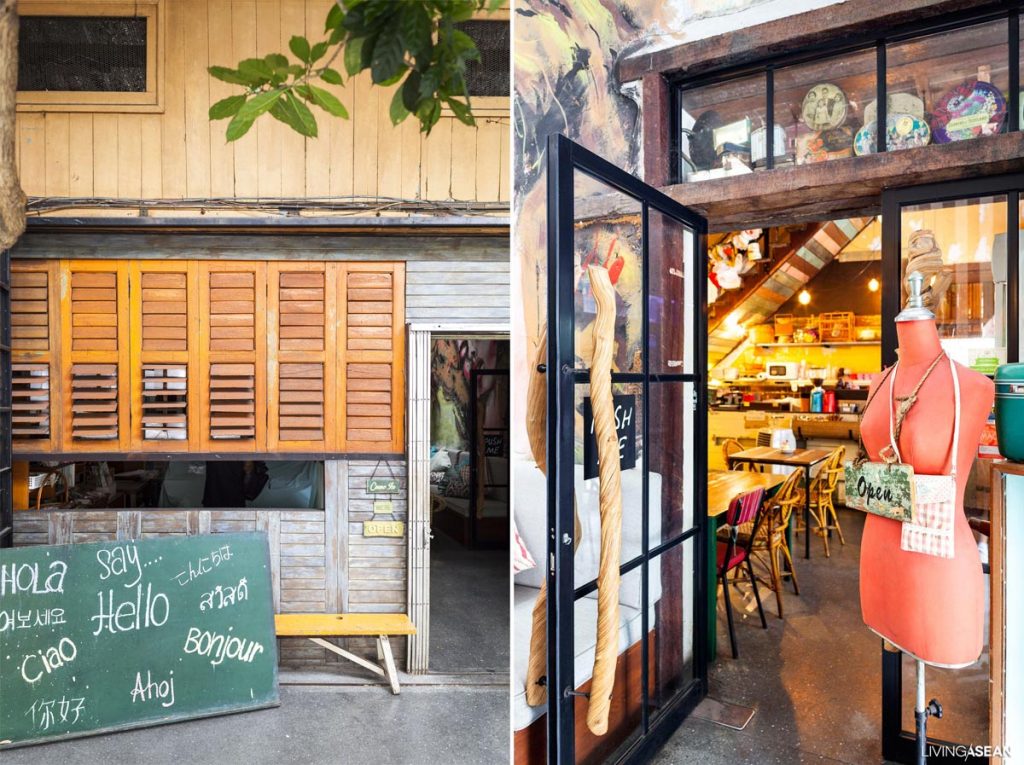
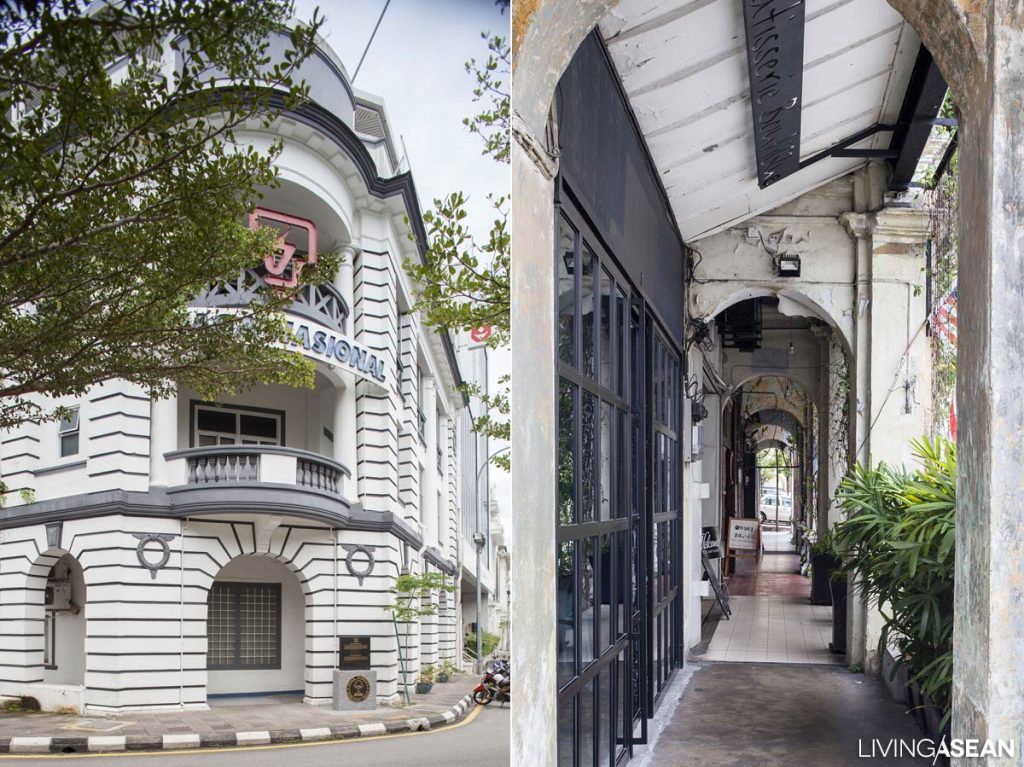
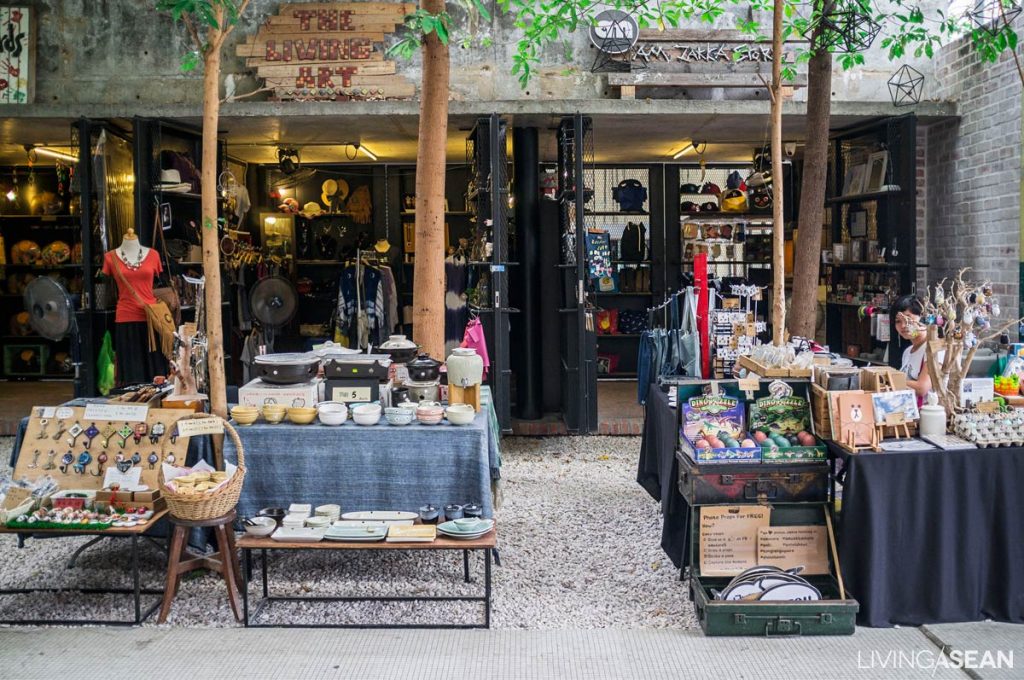
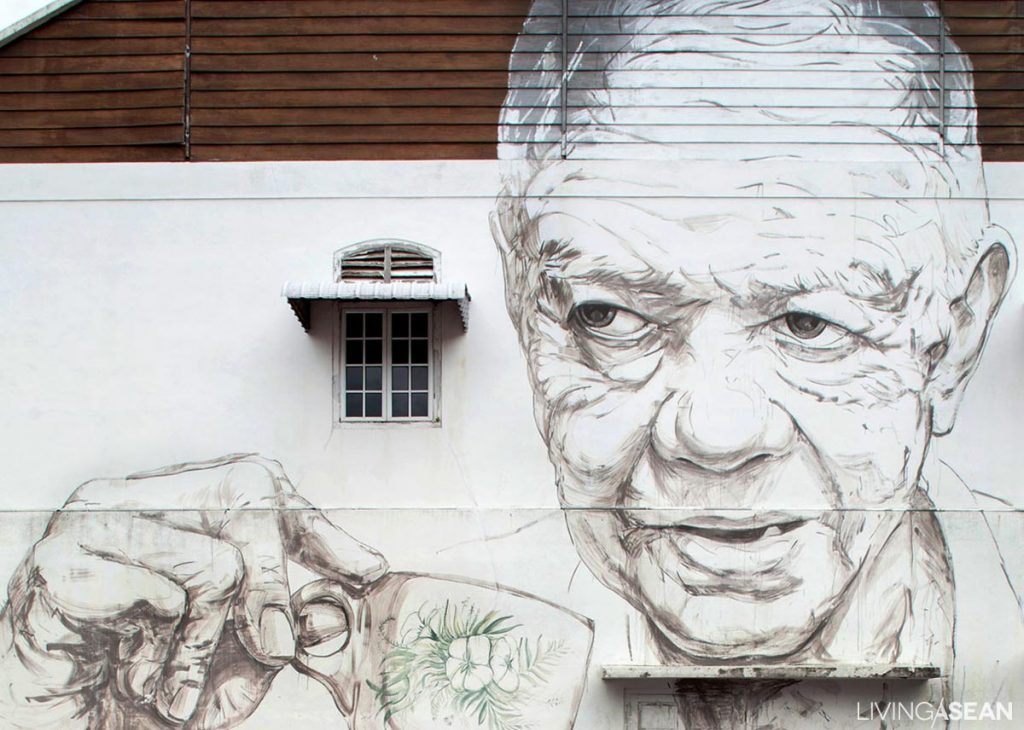
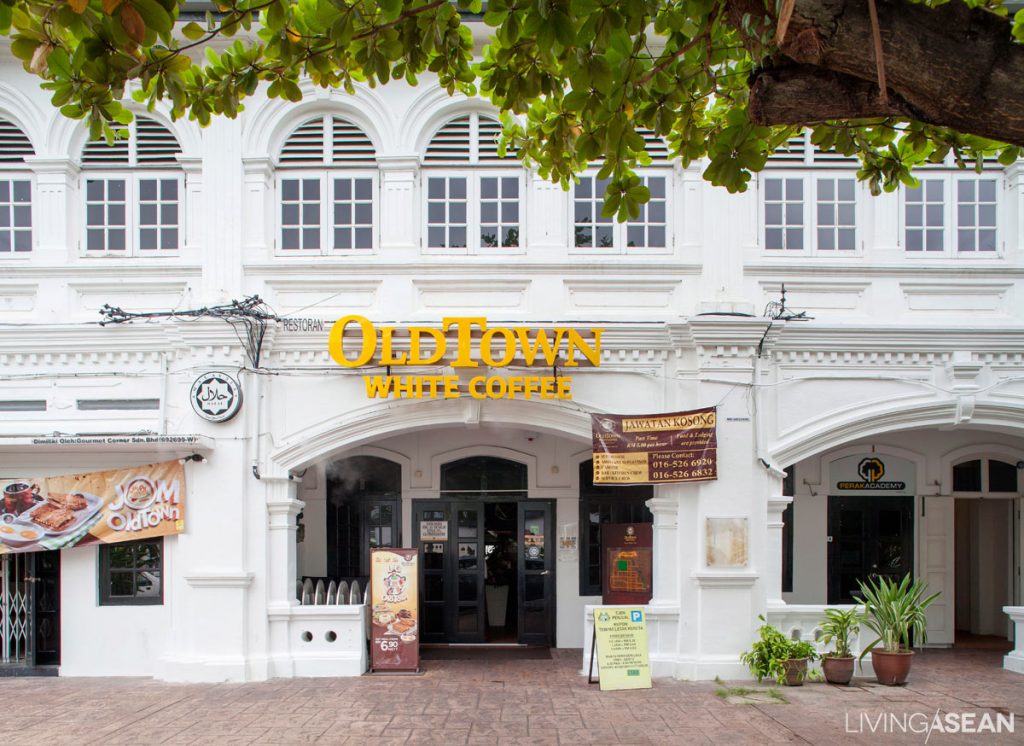
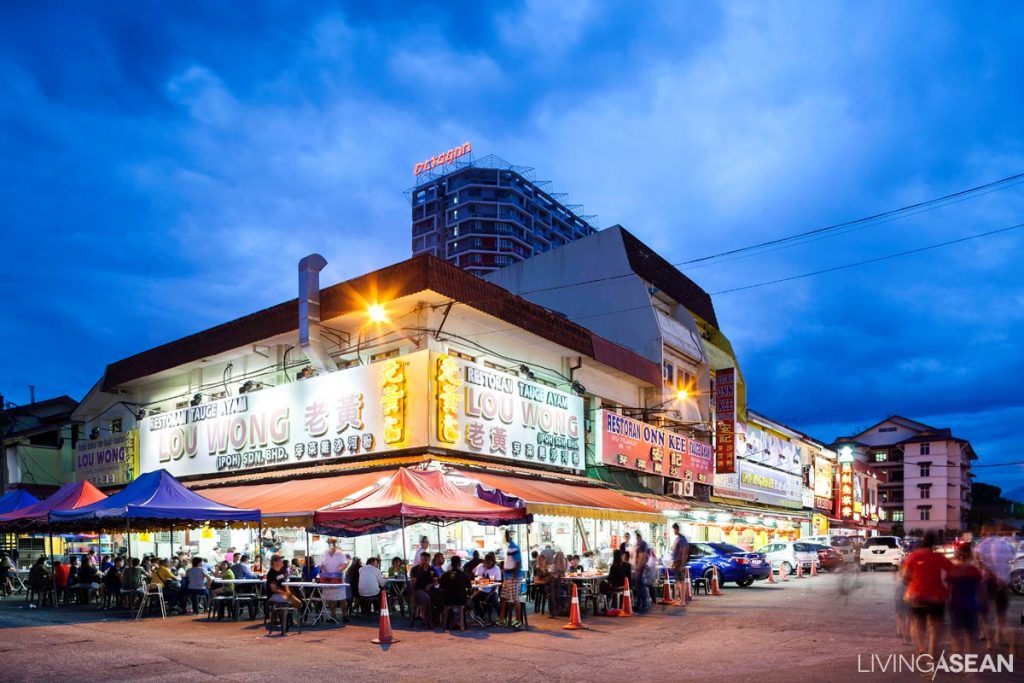
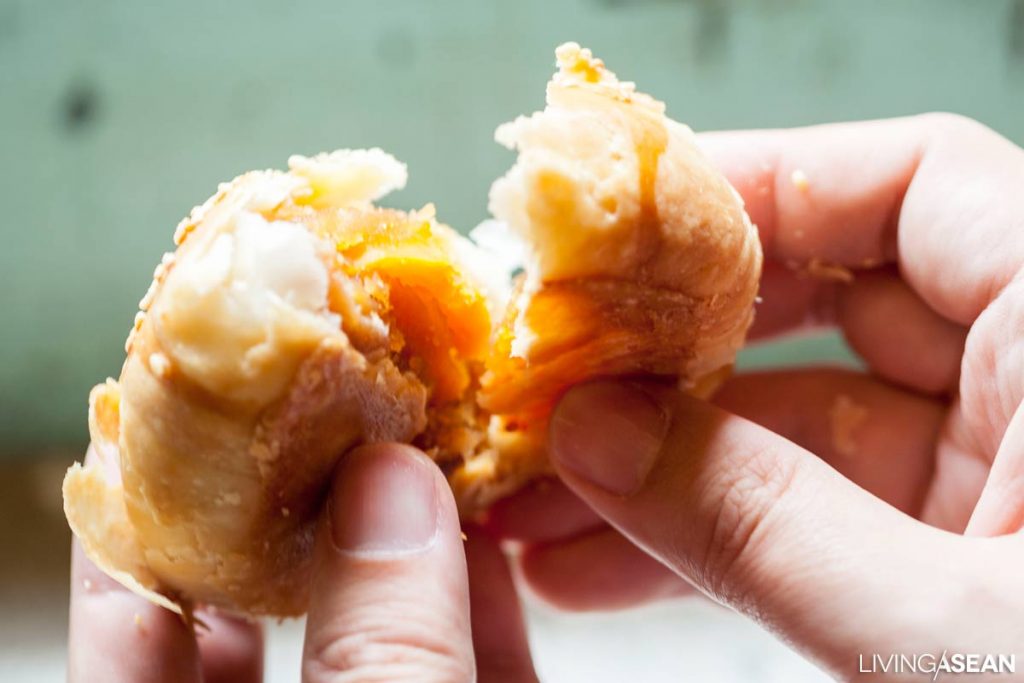
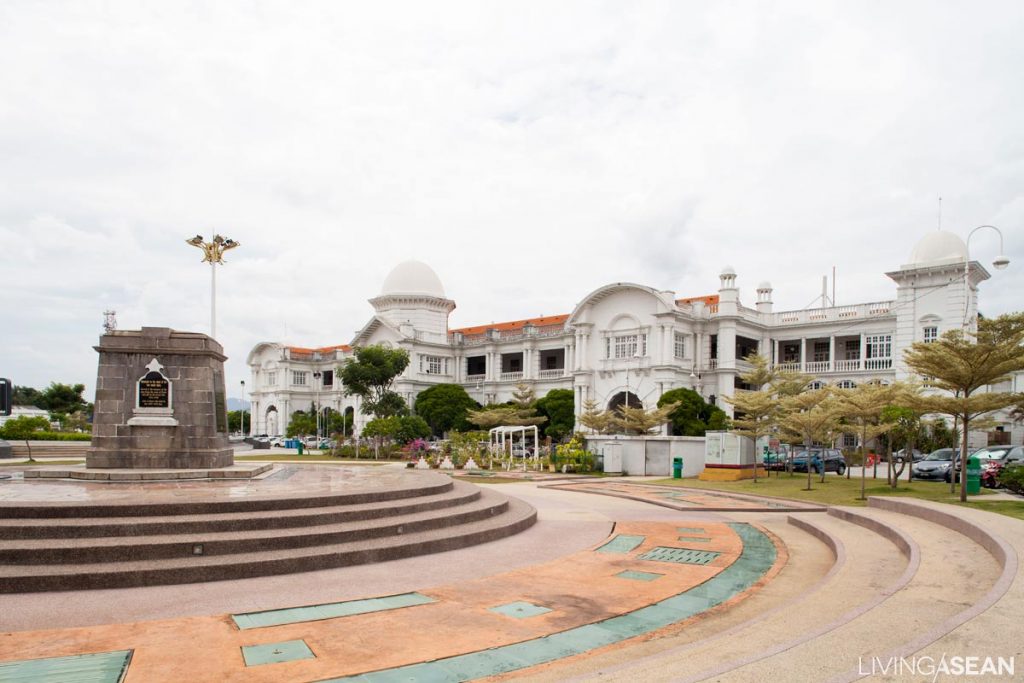
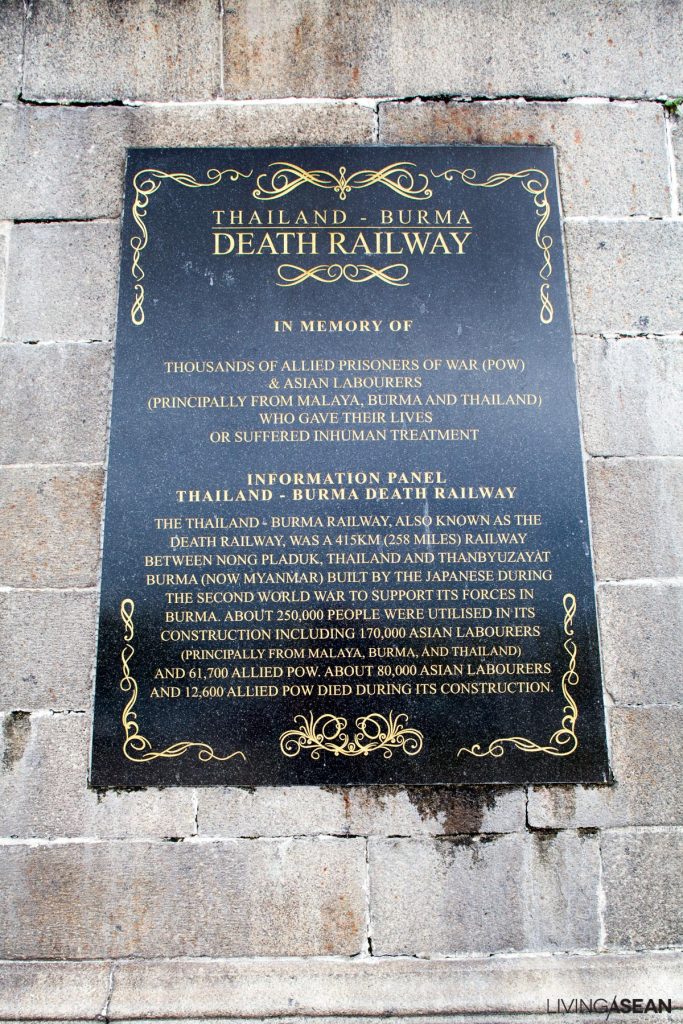
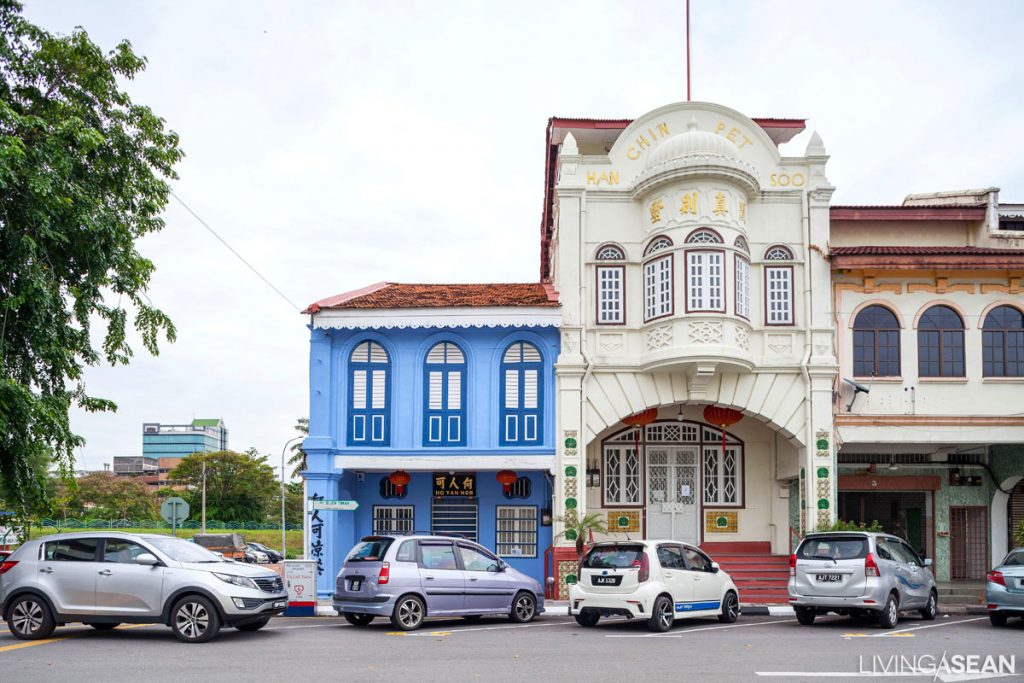
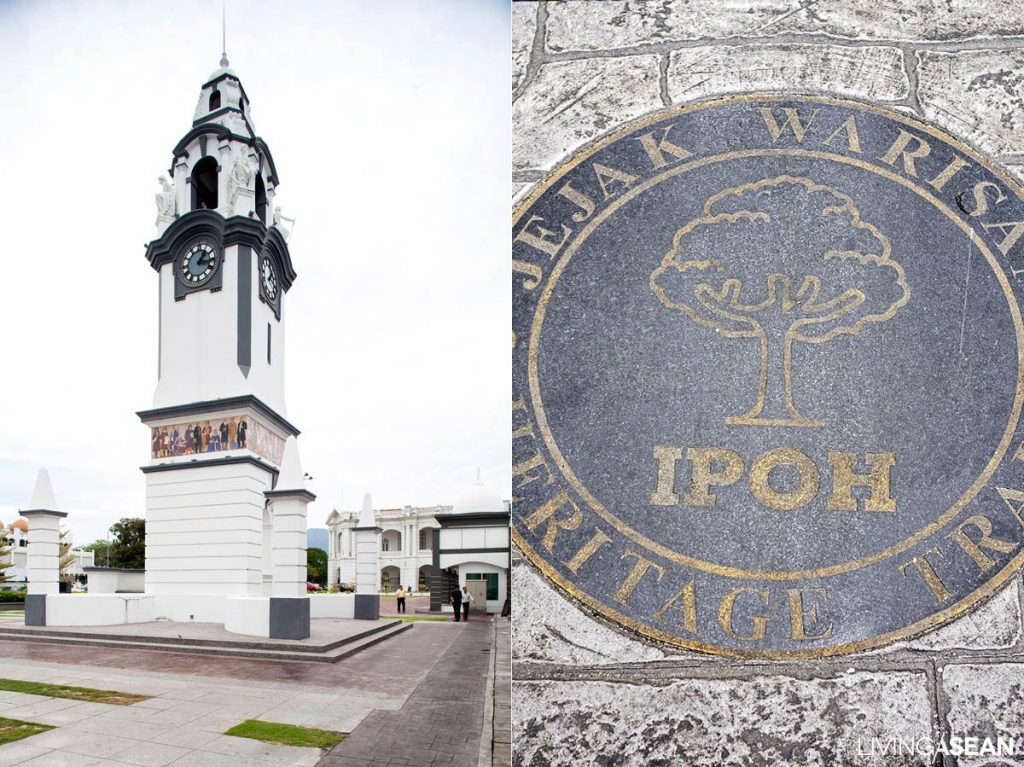

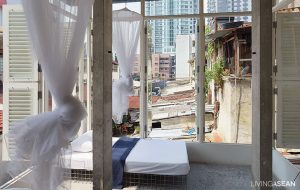
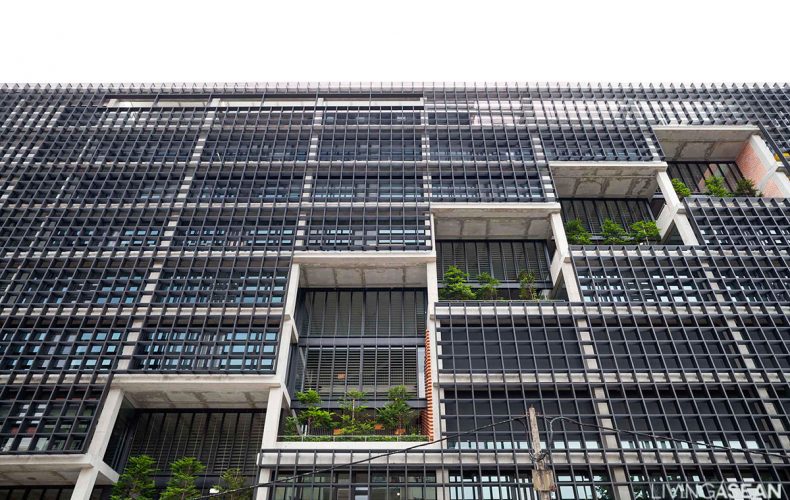
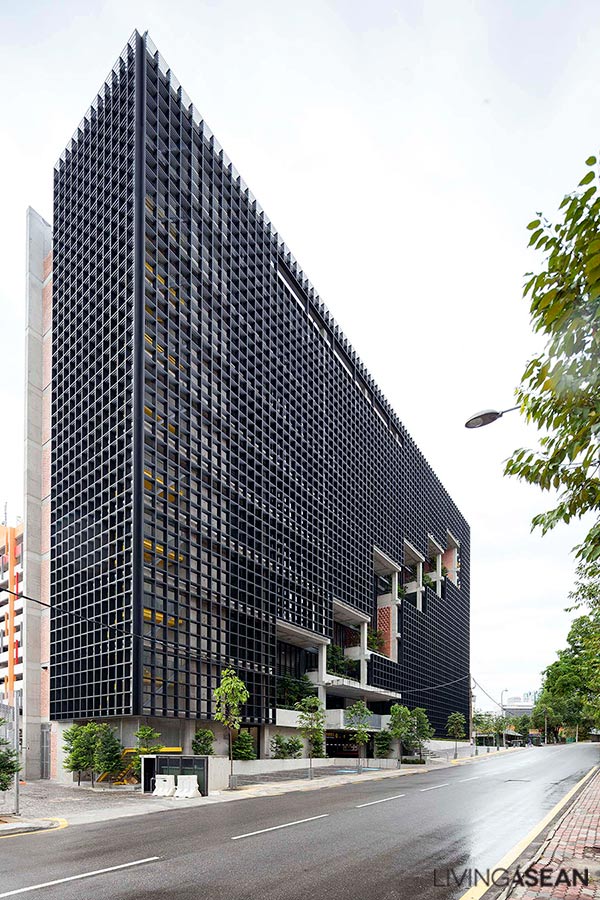
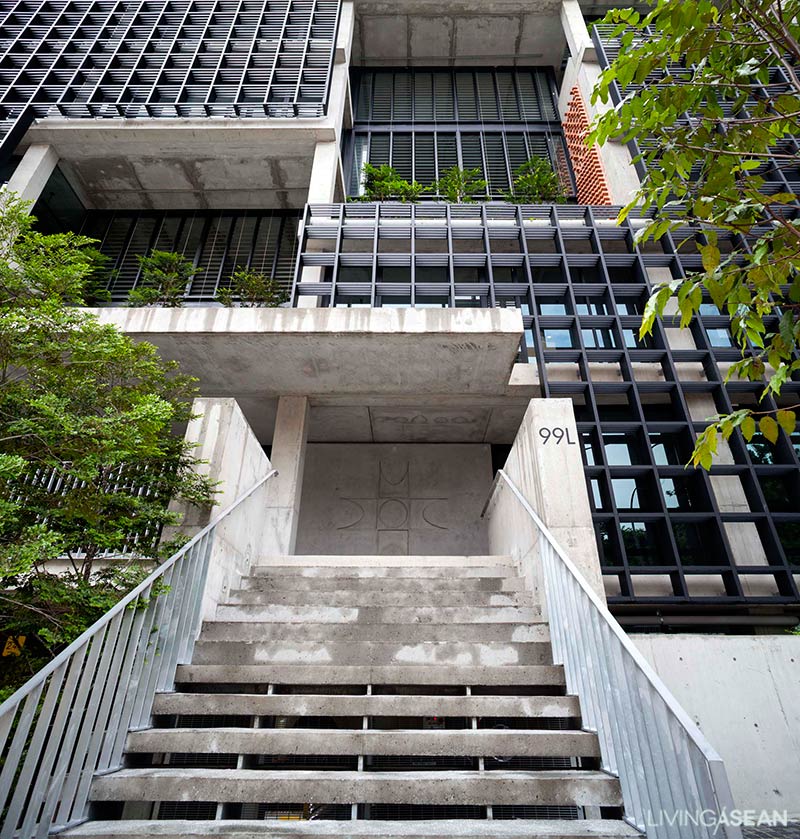
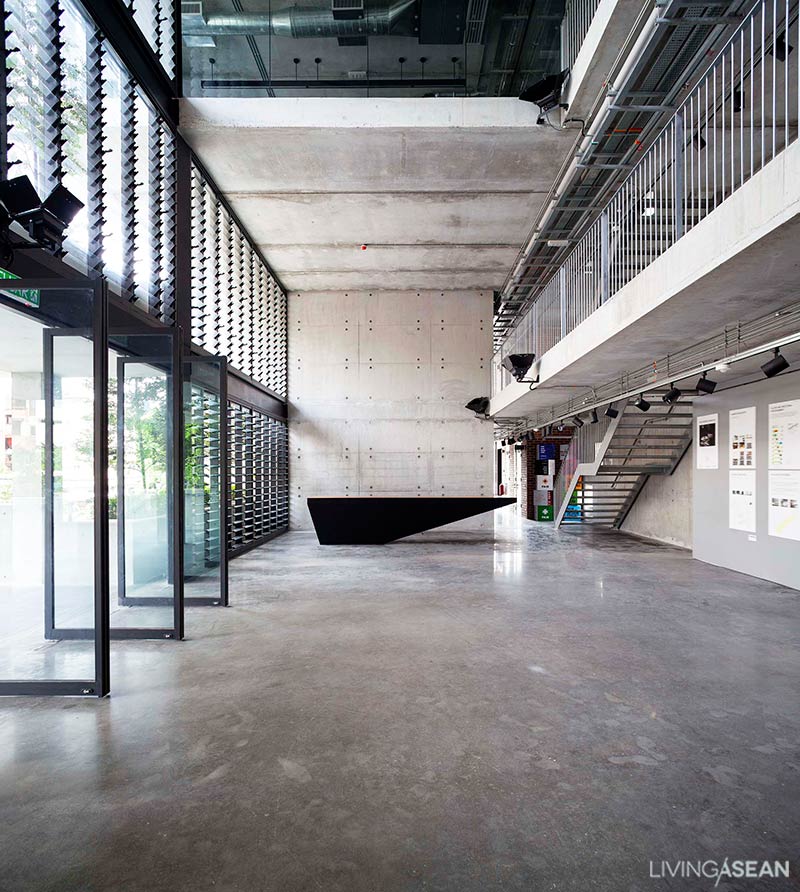
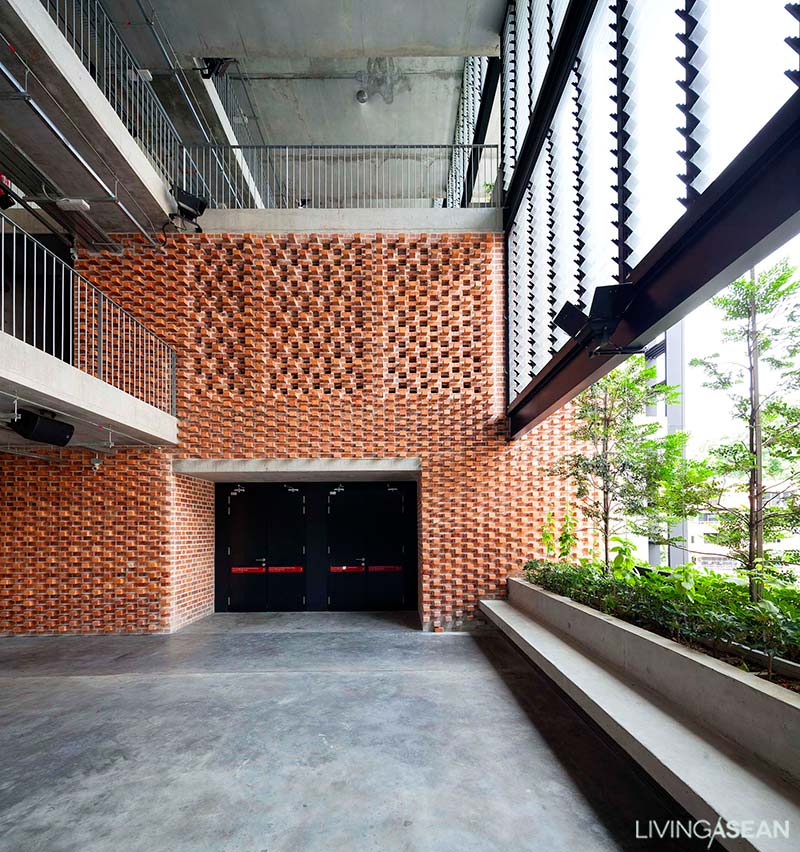
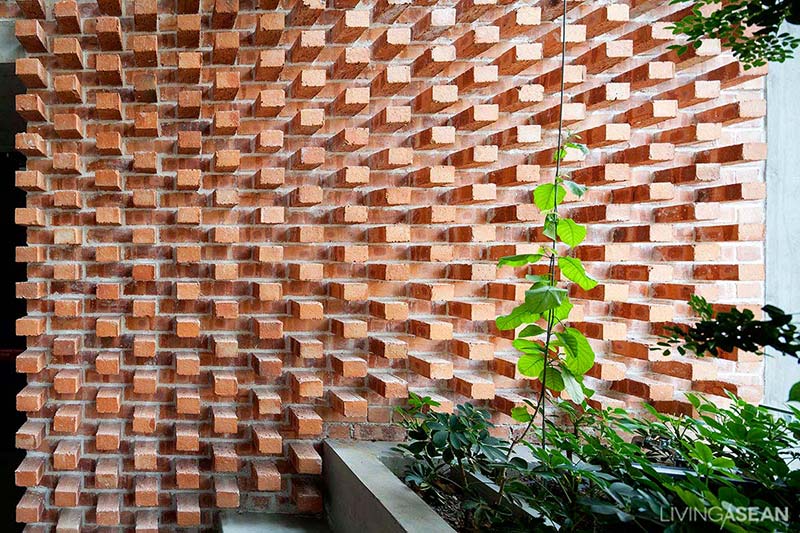
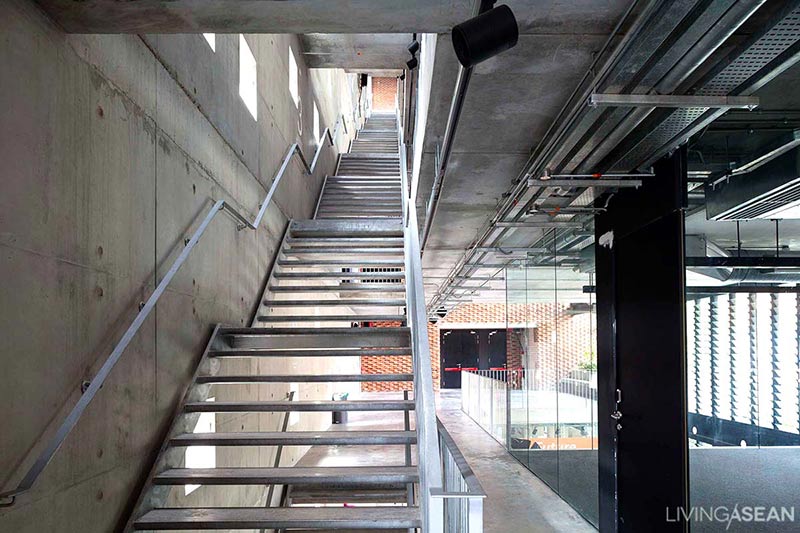

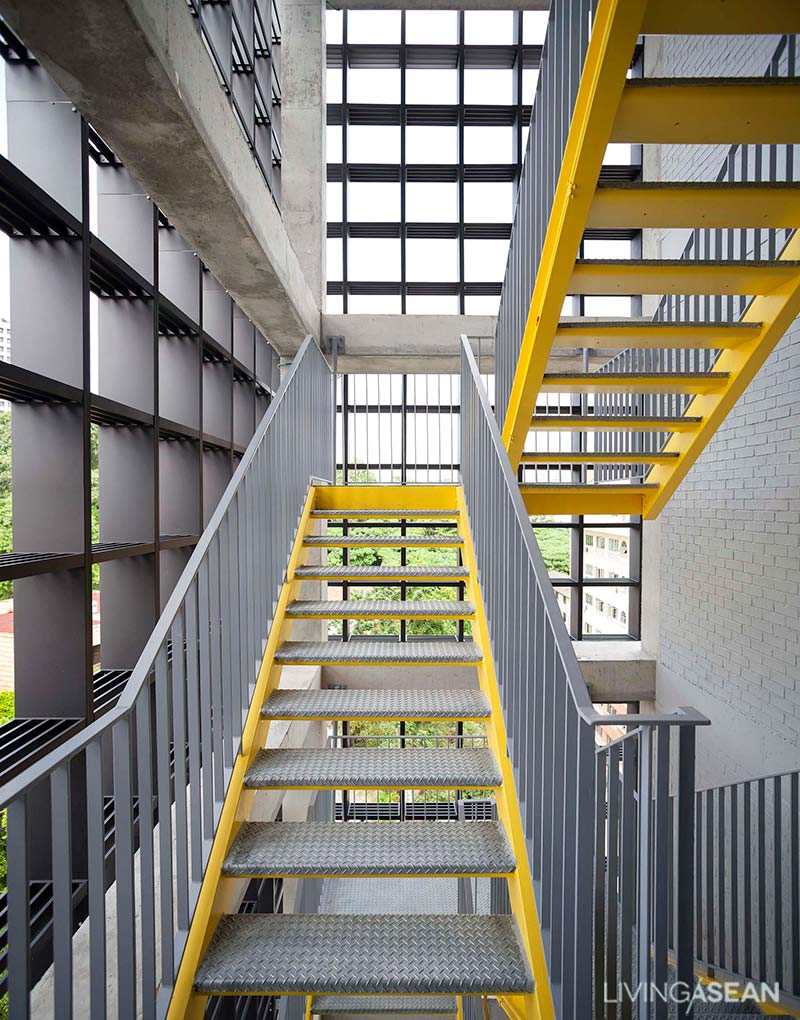
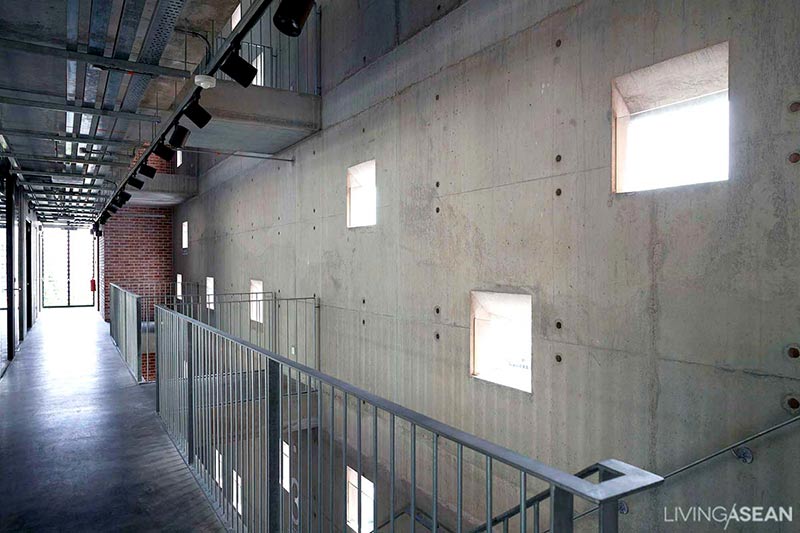

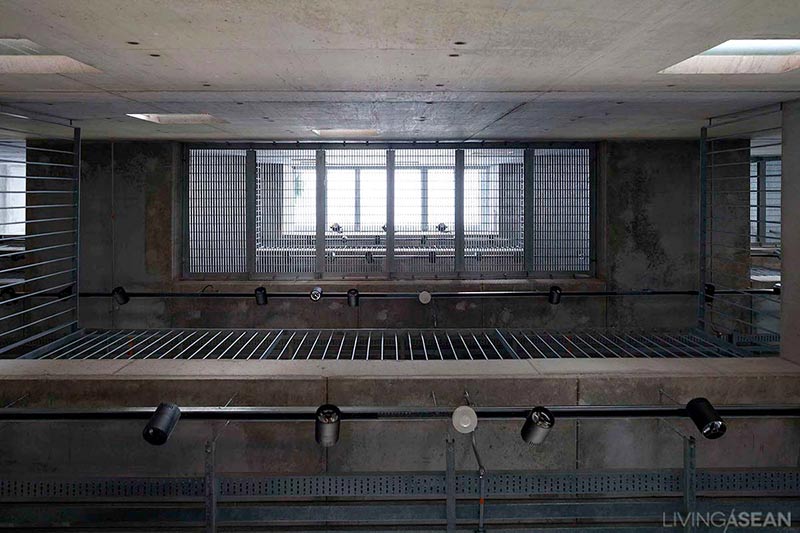
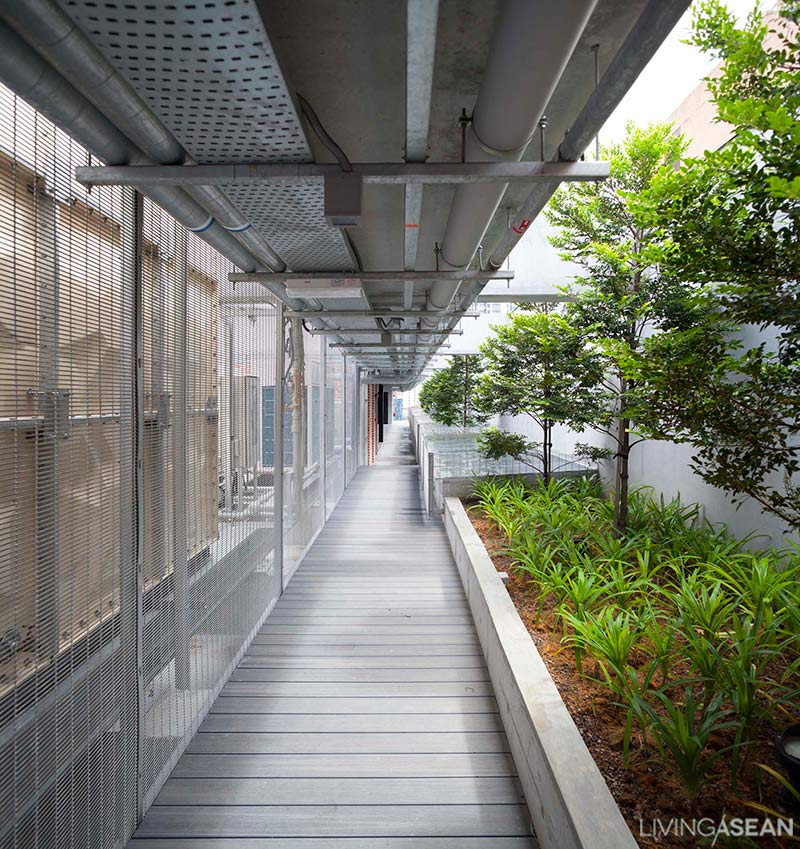
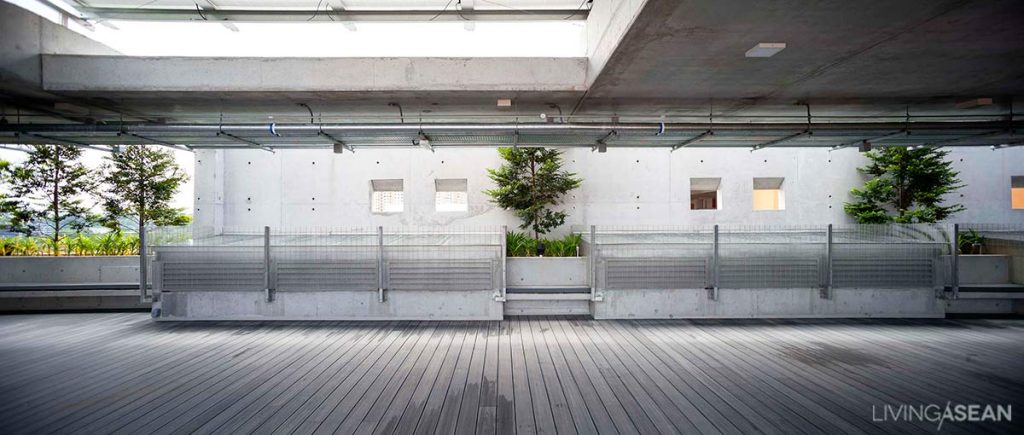

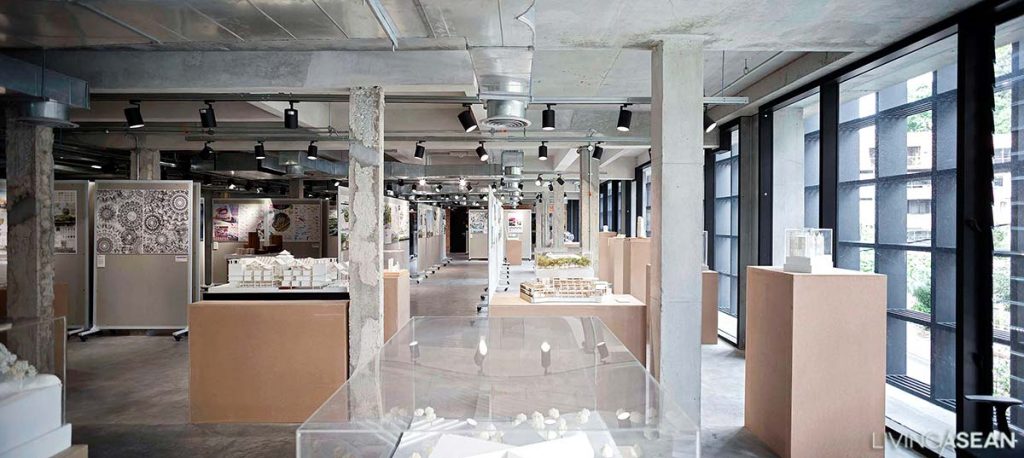
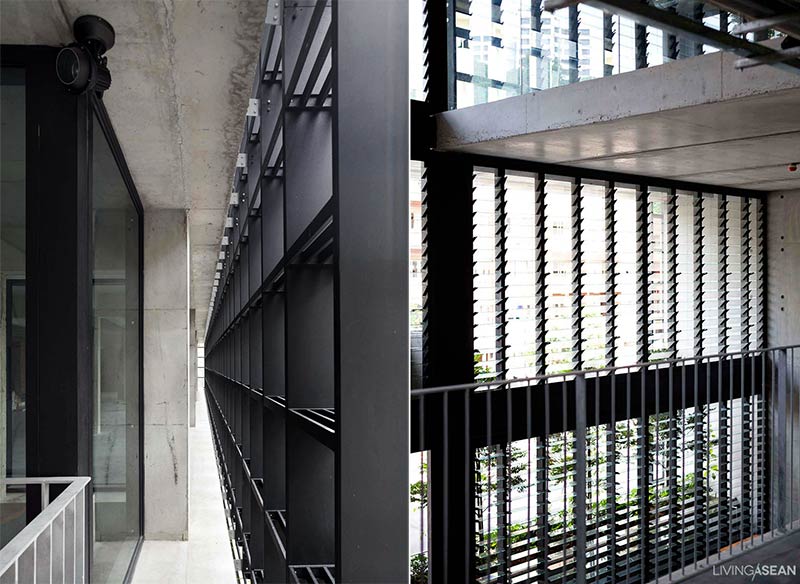
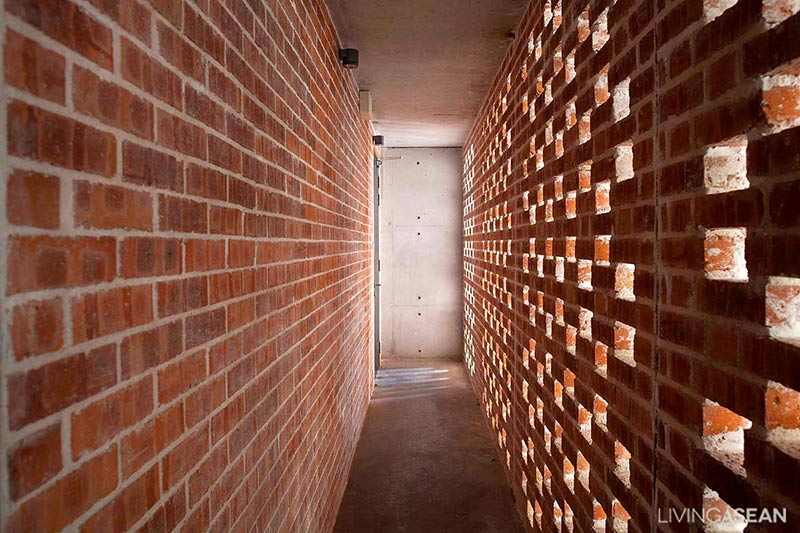
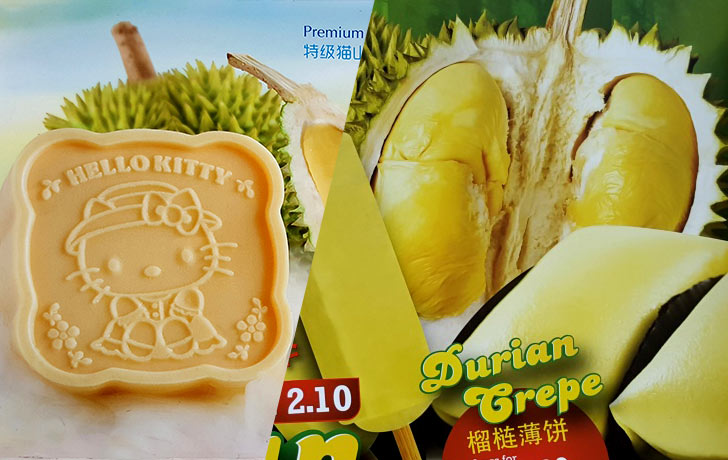
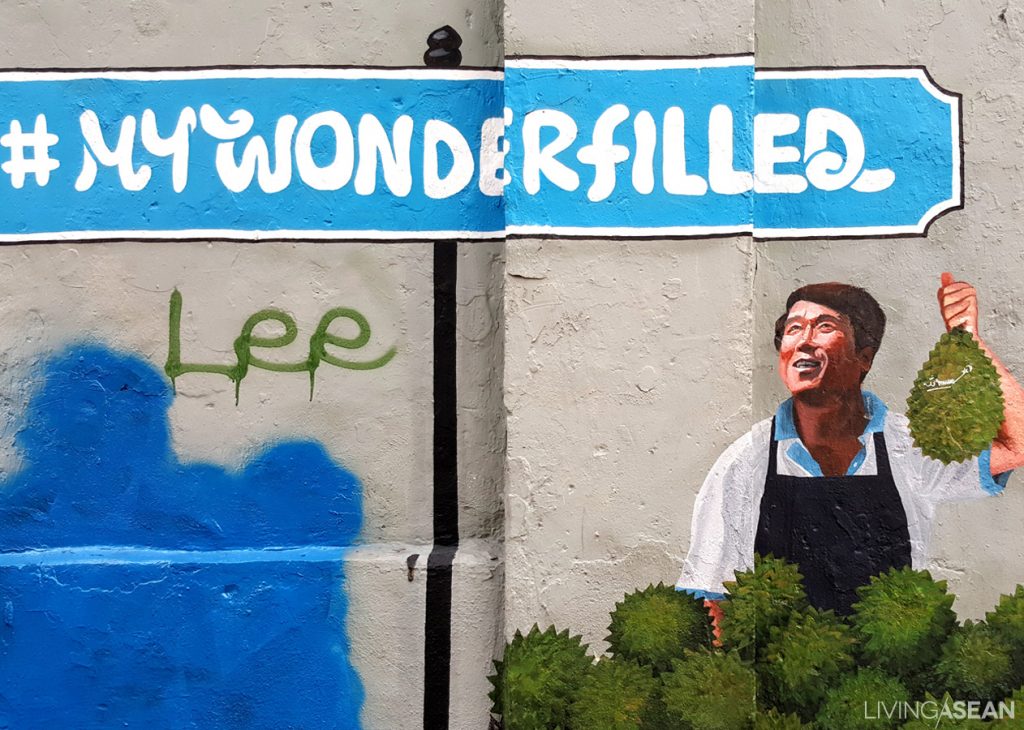
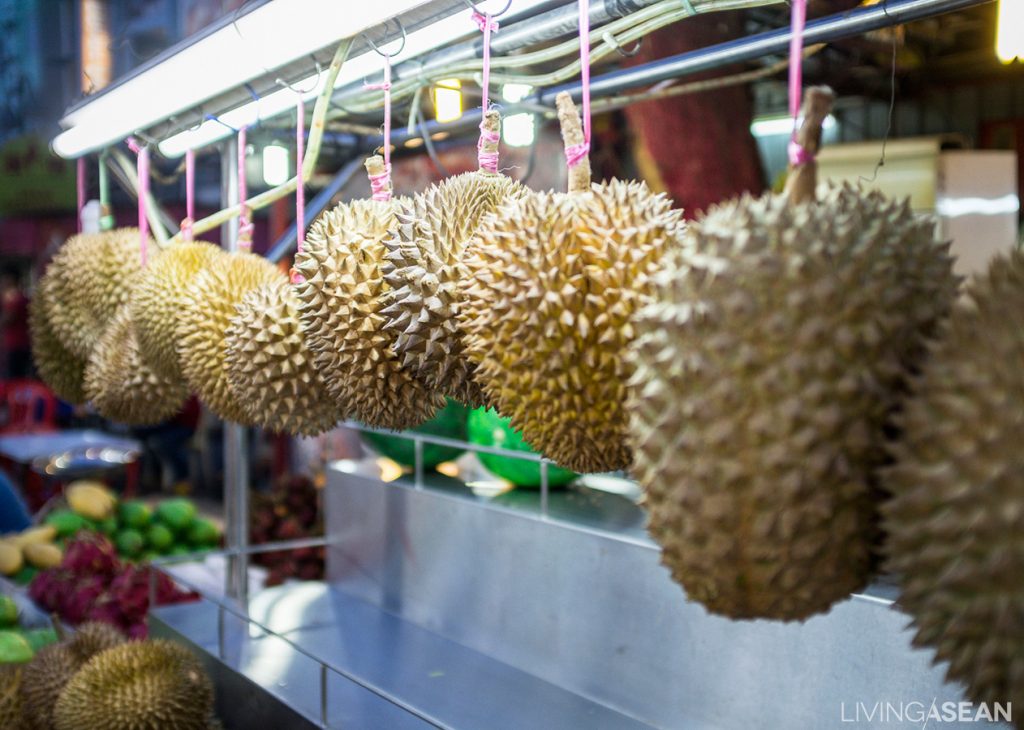
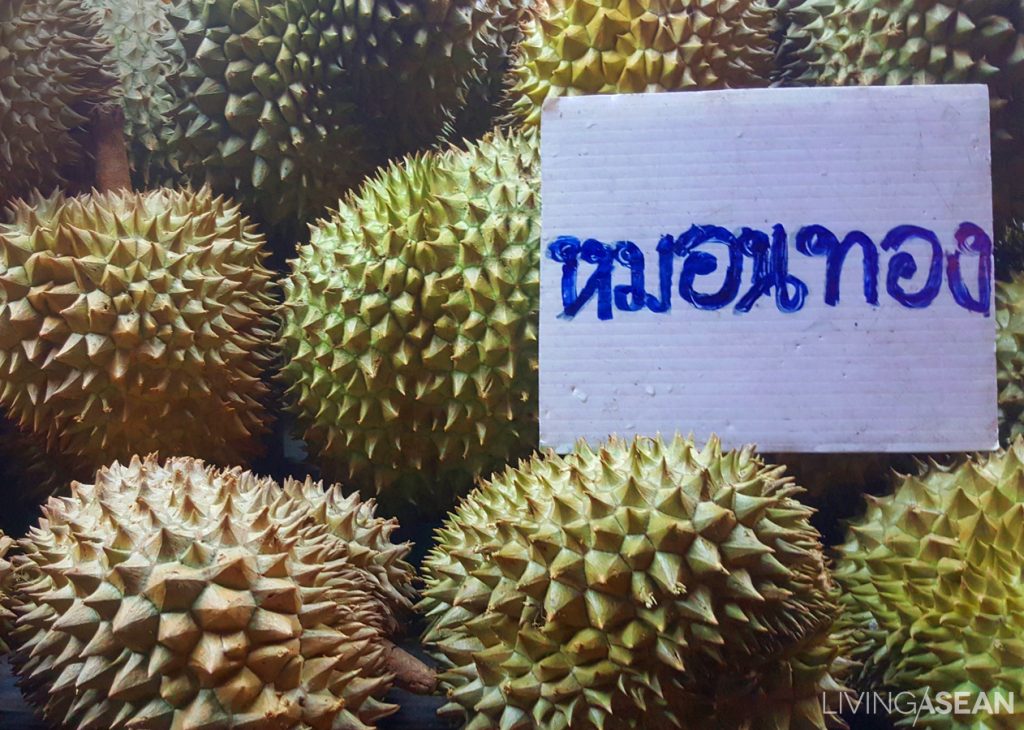

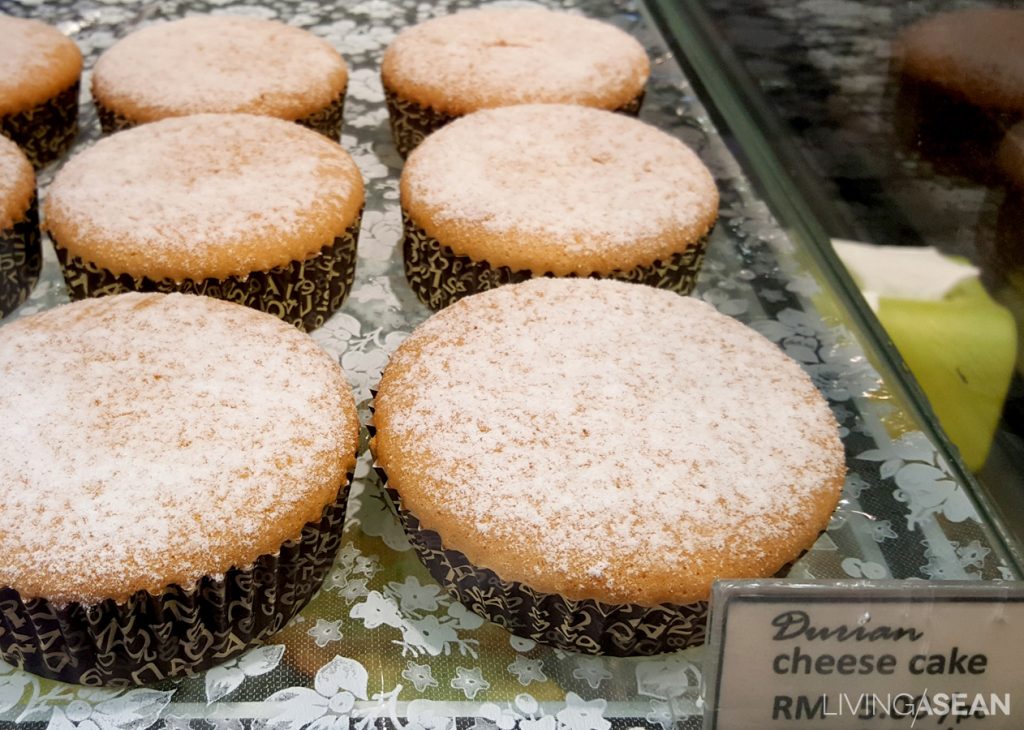
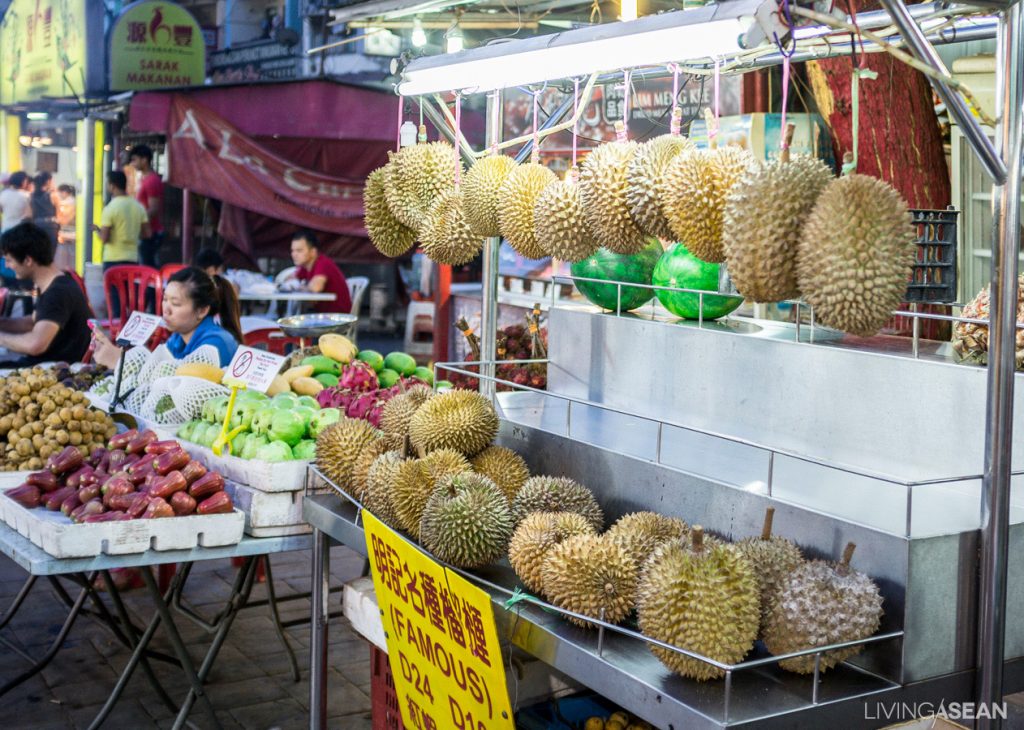

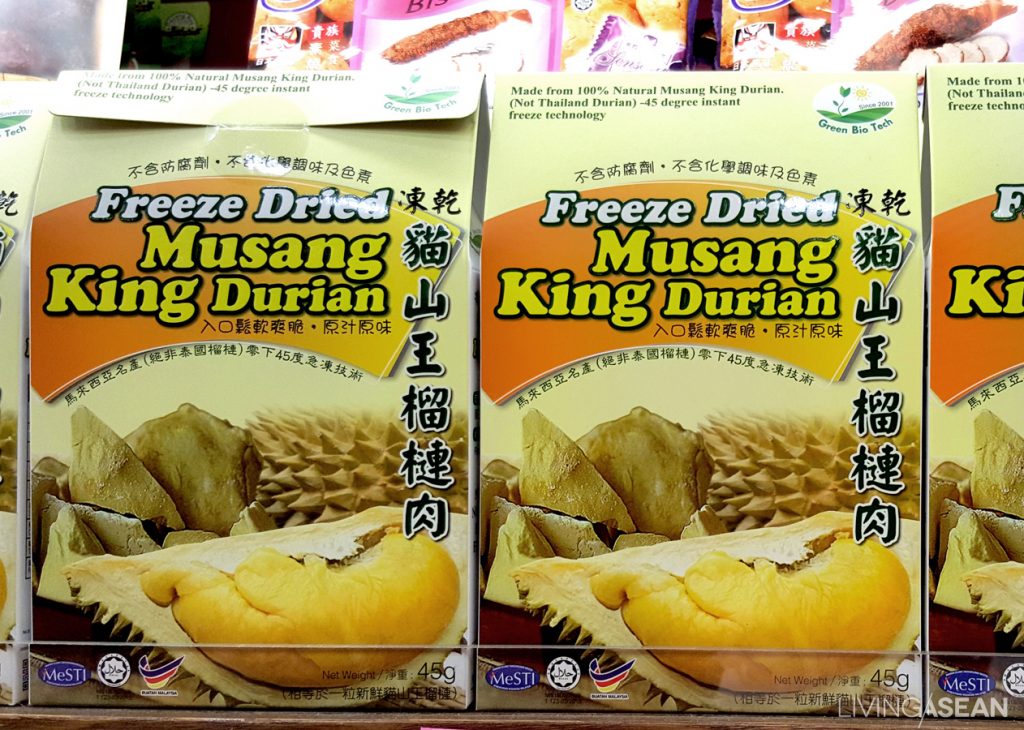
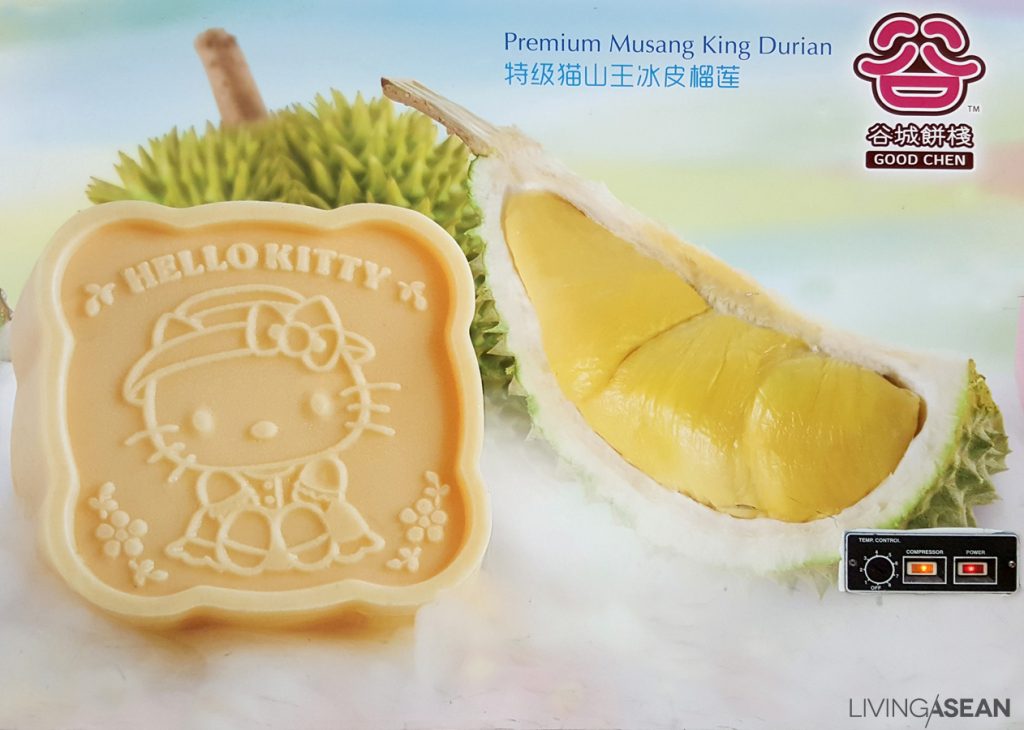
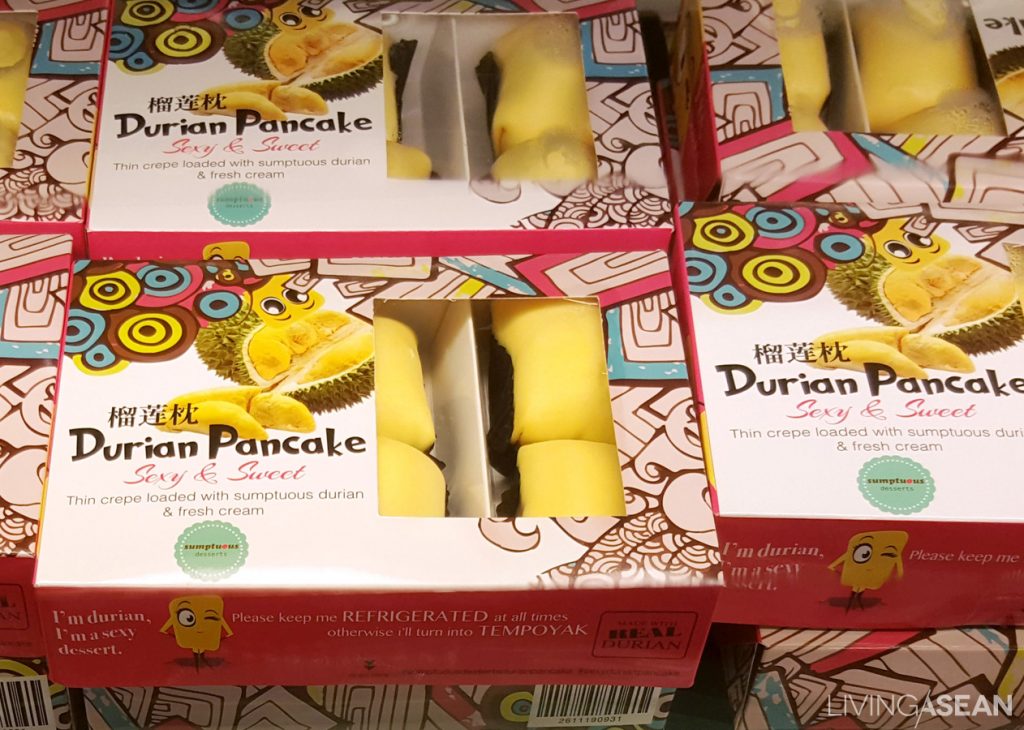
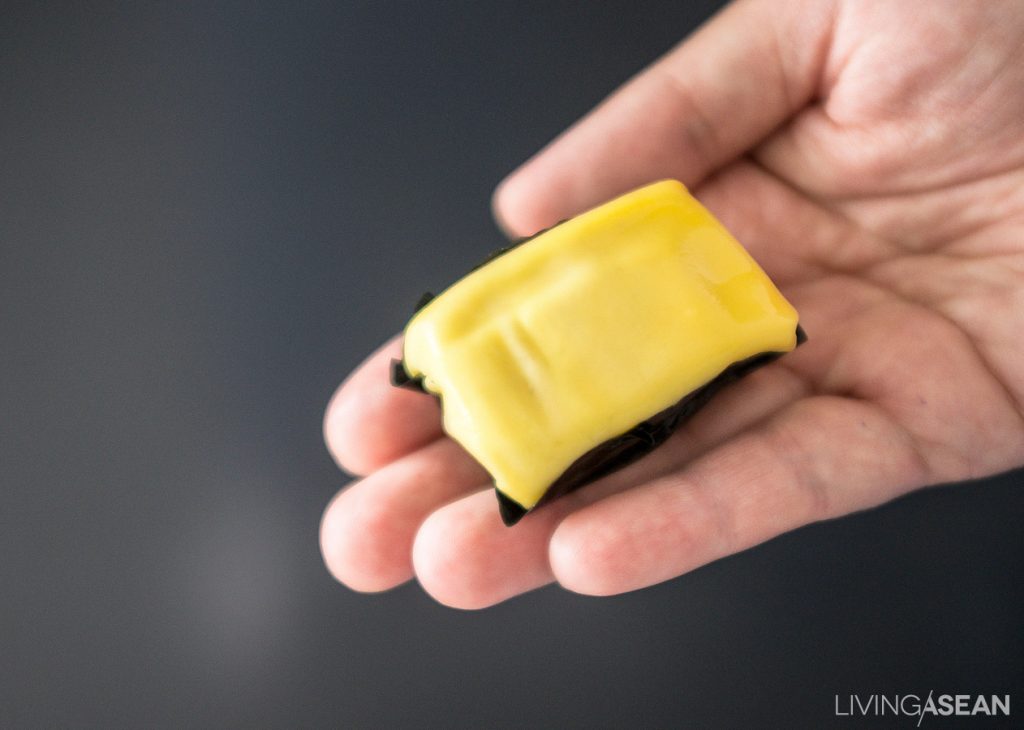




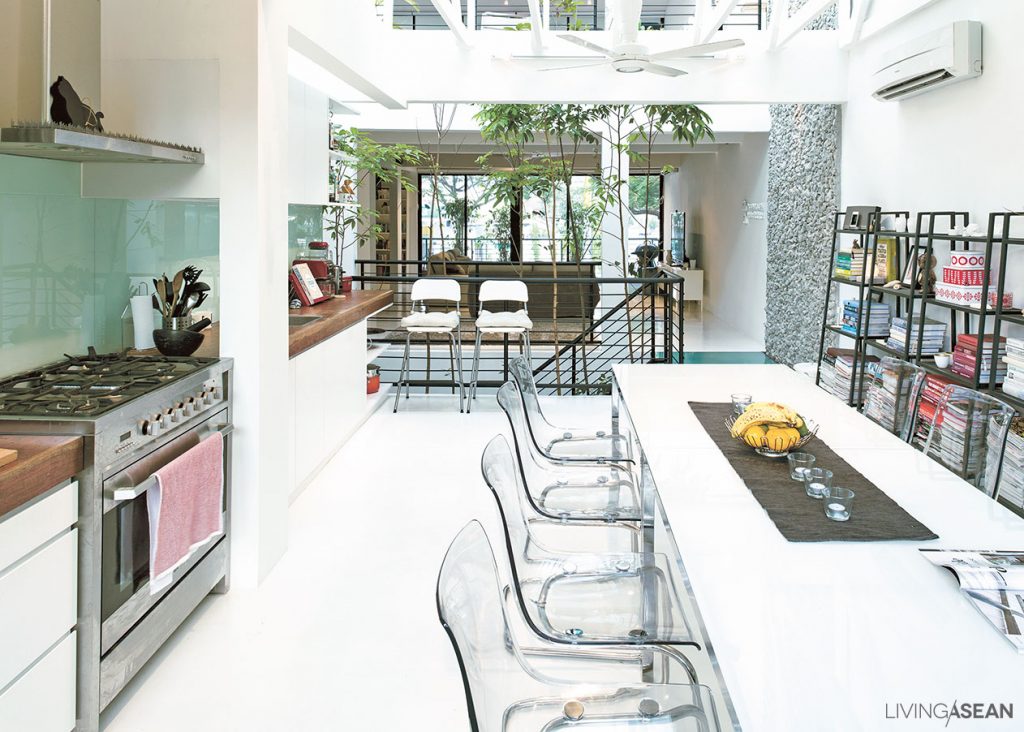
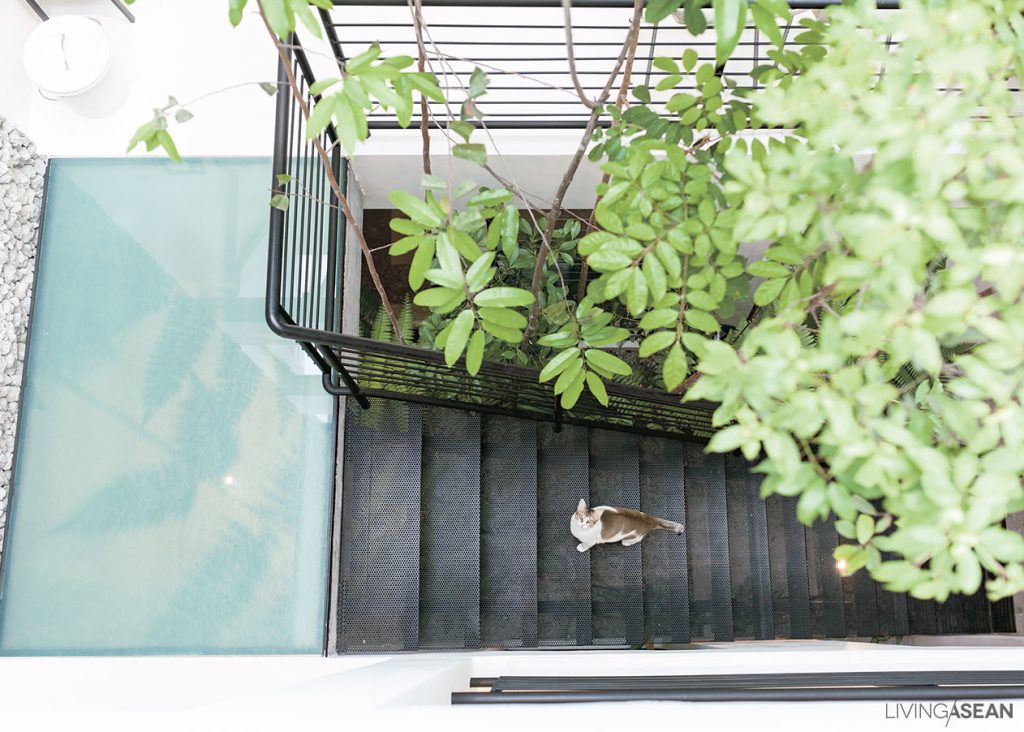
![[Above] The wooden roof truss painted all white makes the overhead space look taller and more spacious. / [Below] The new metal staircase is aesthetically pleasing, thanks to the absence of solid risers between the treads. For good ventilation, expanded metal grating is used instead.](http://livingasean.com/wp-content/uploads/2016/10/4.jpg)


